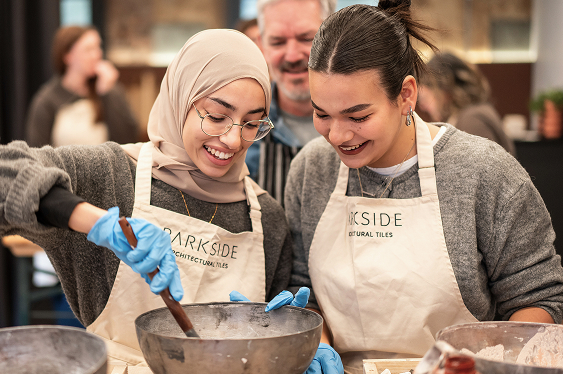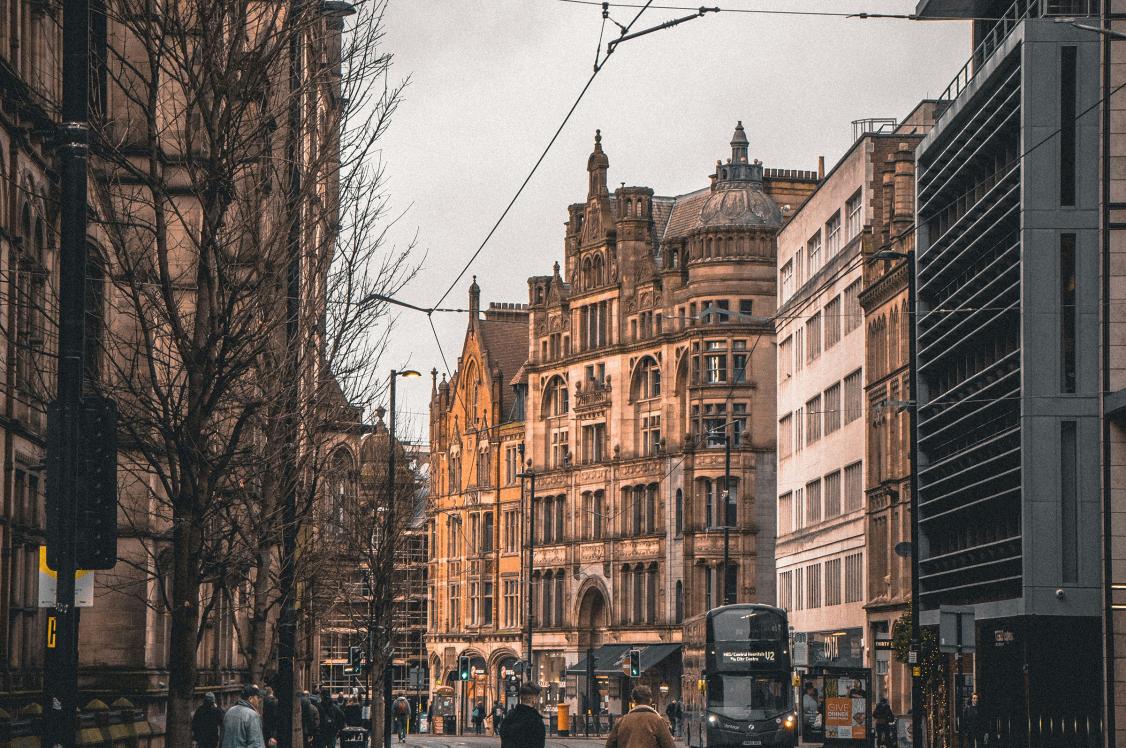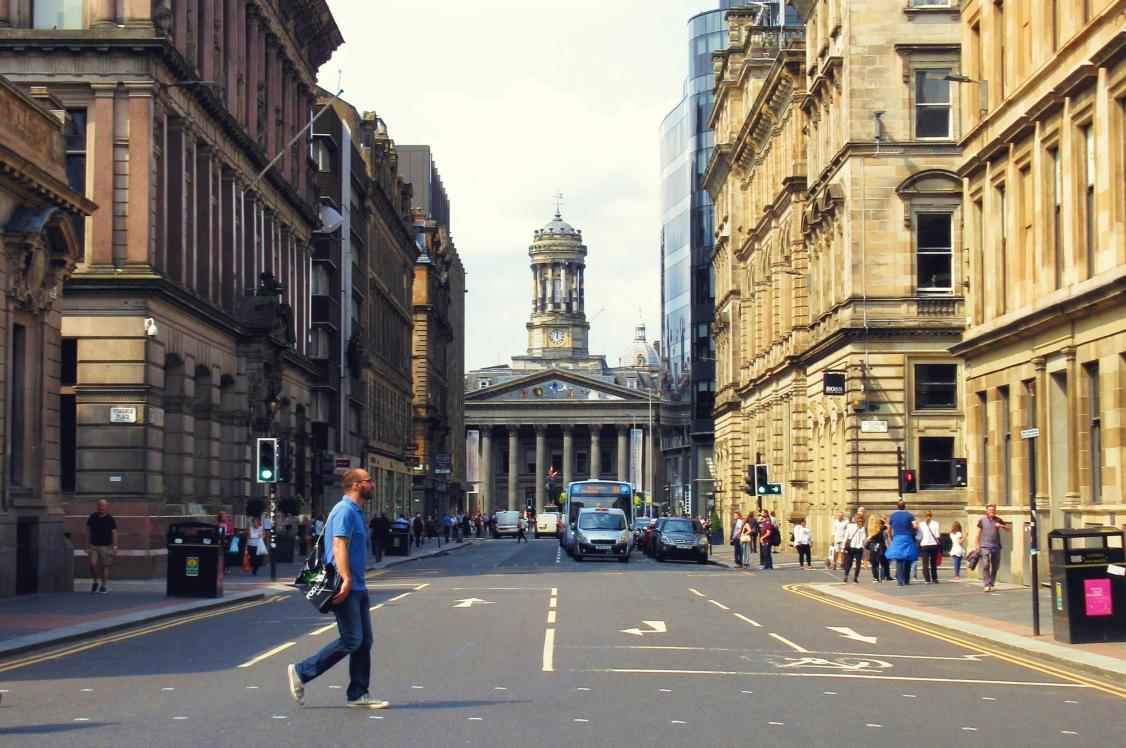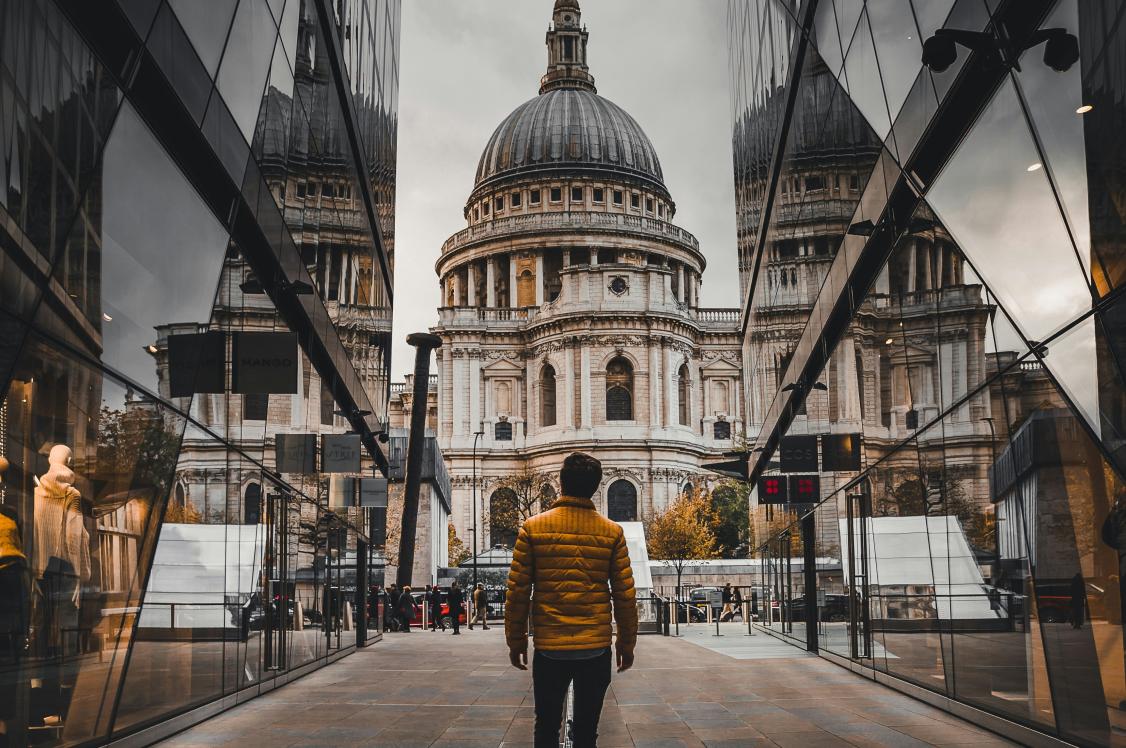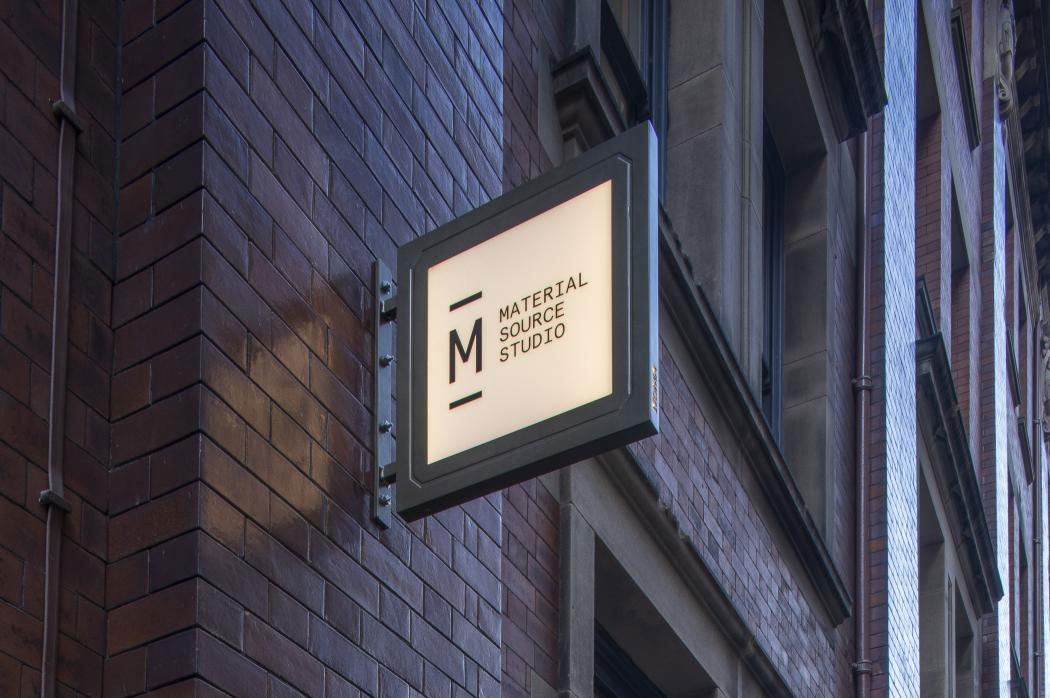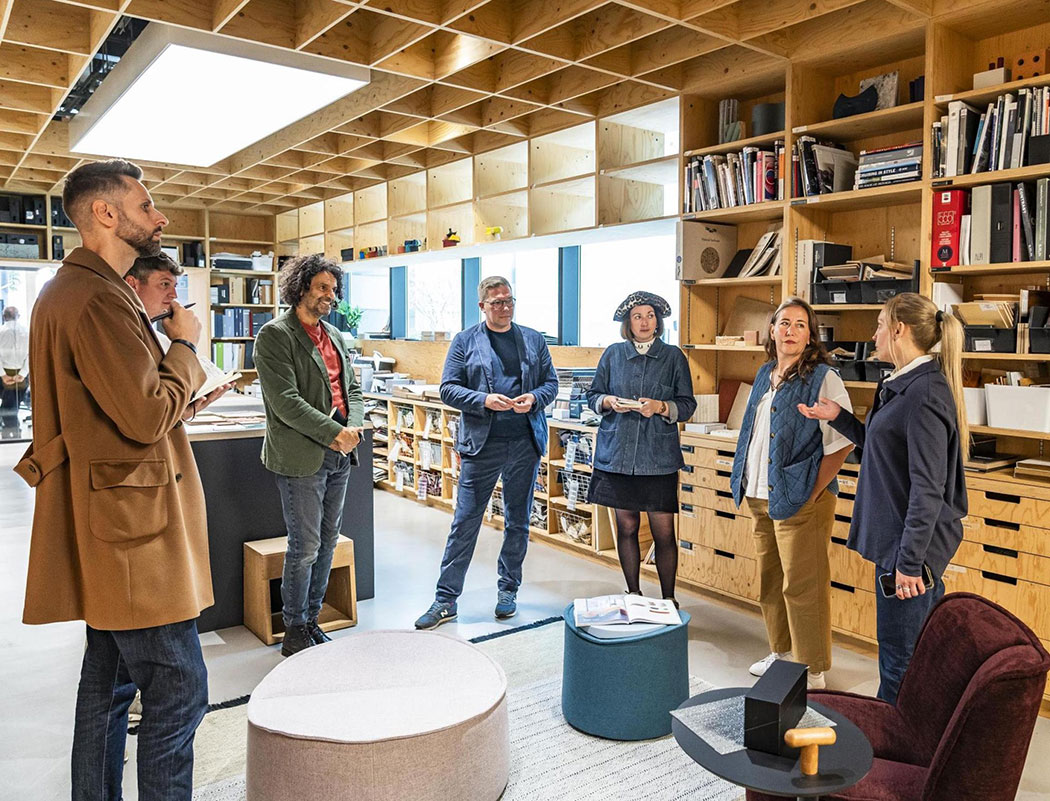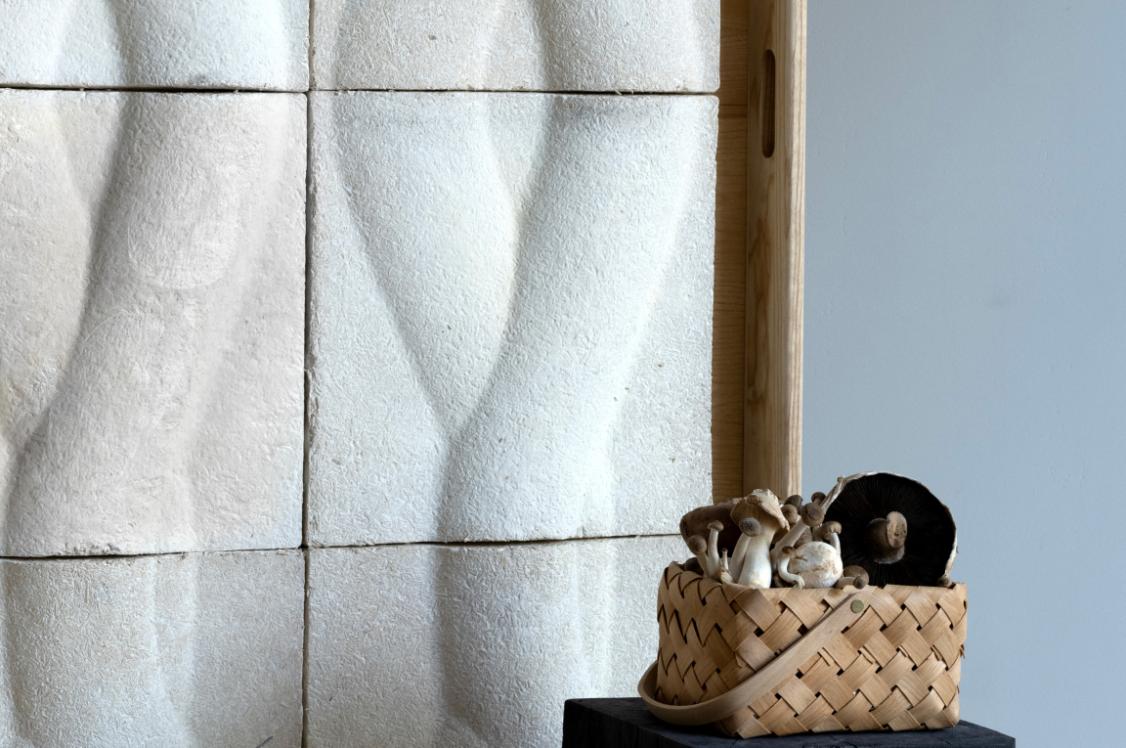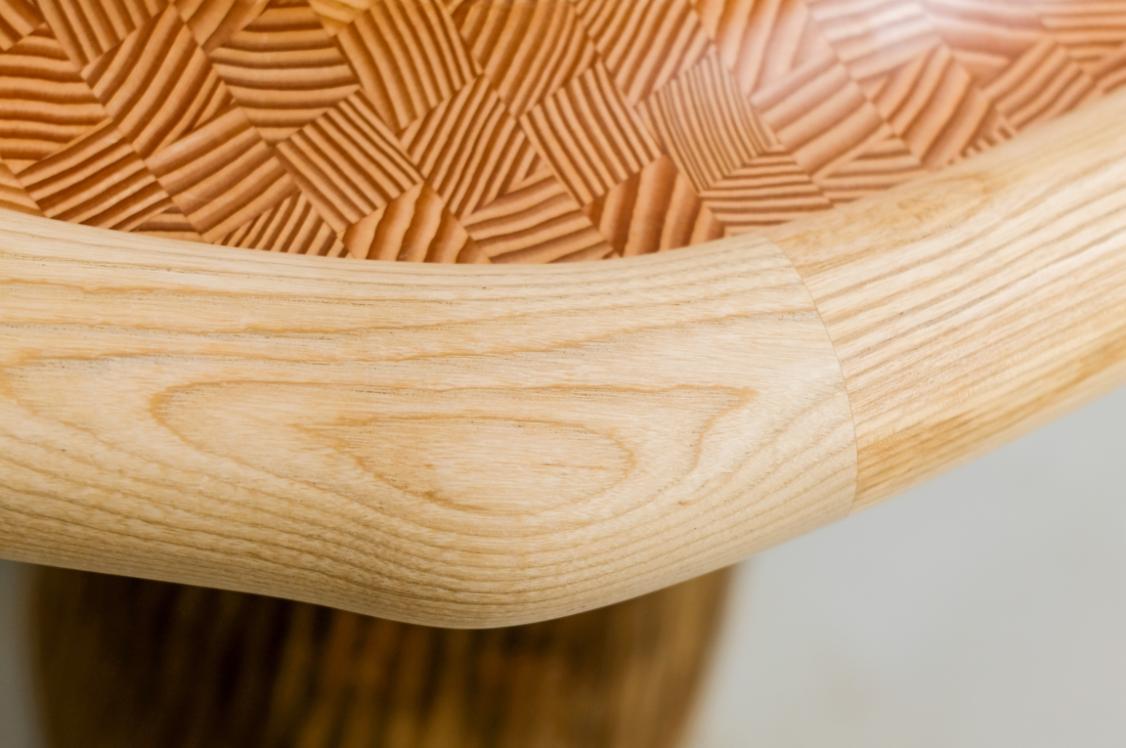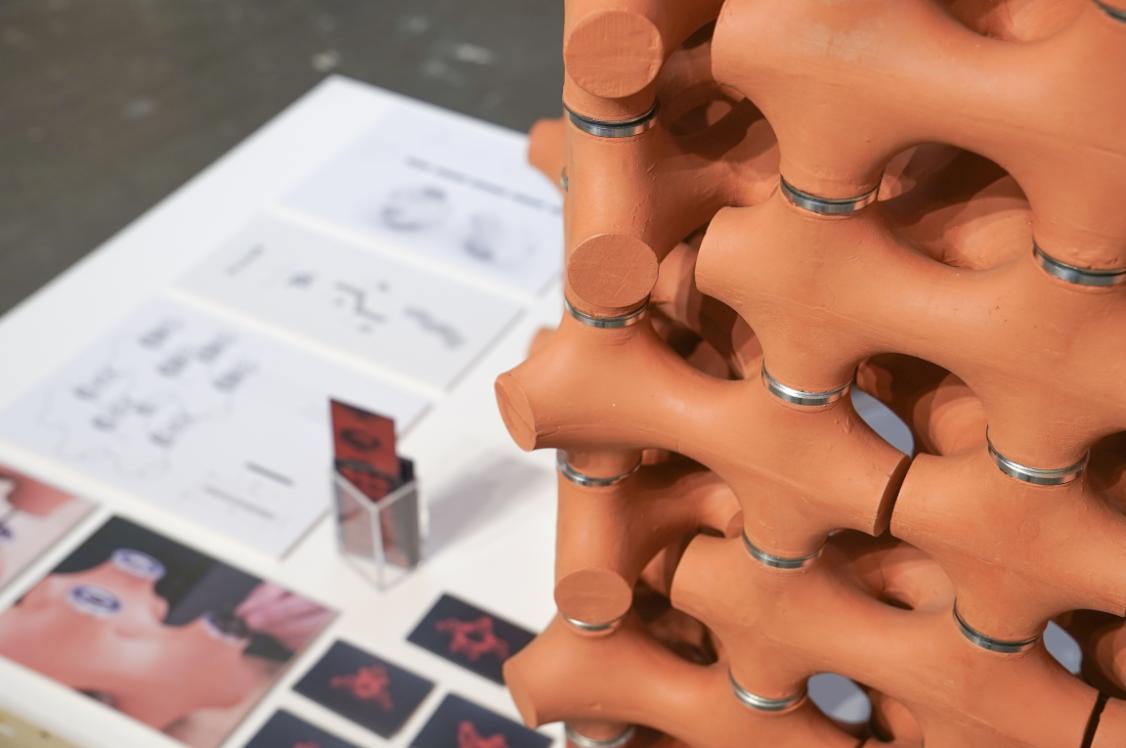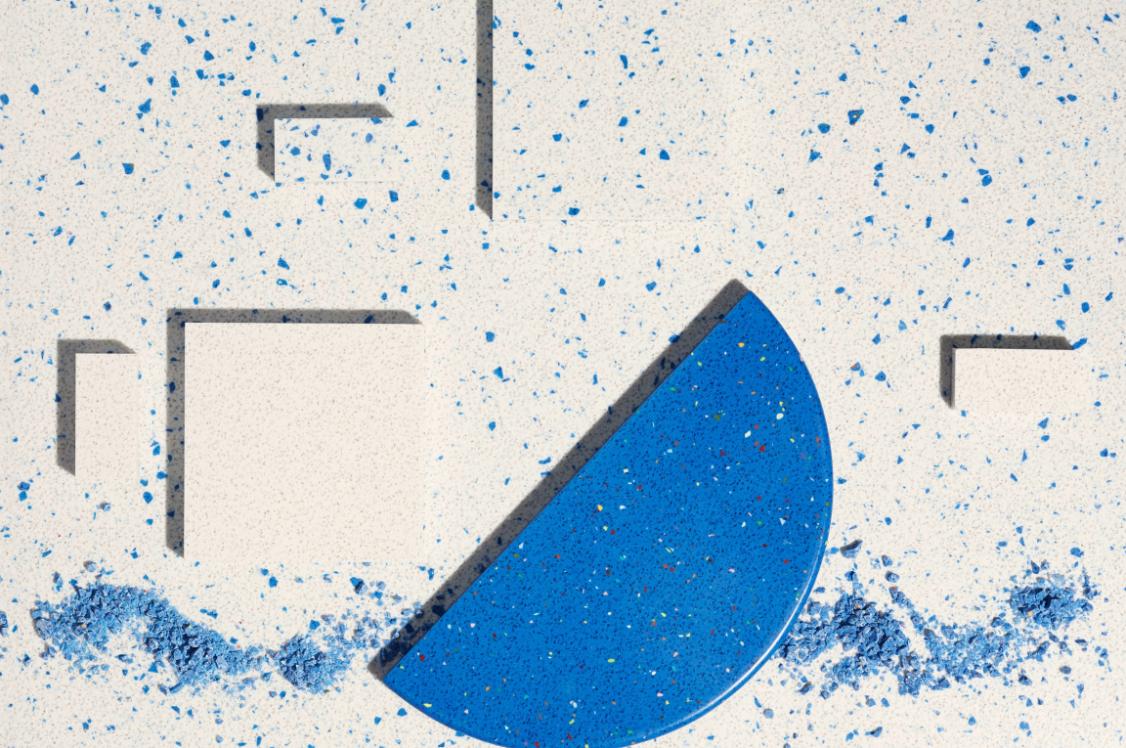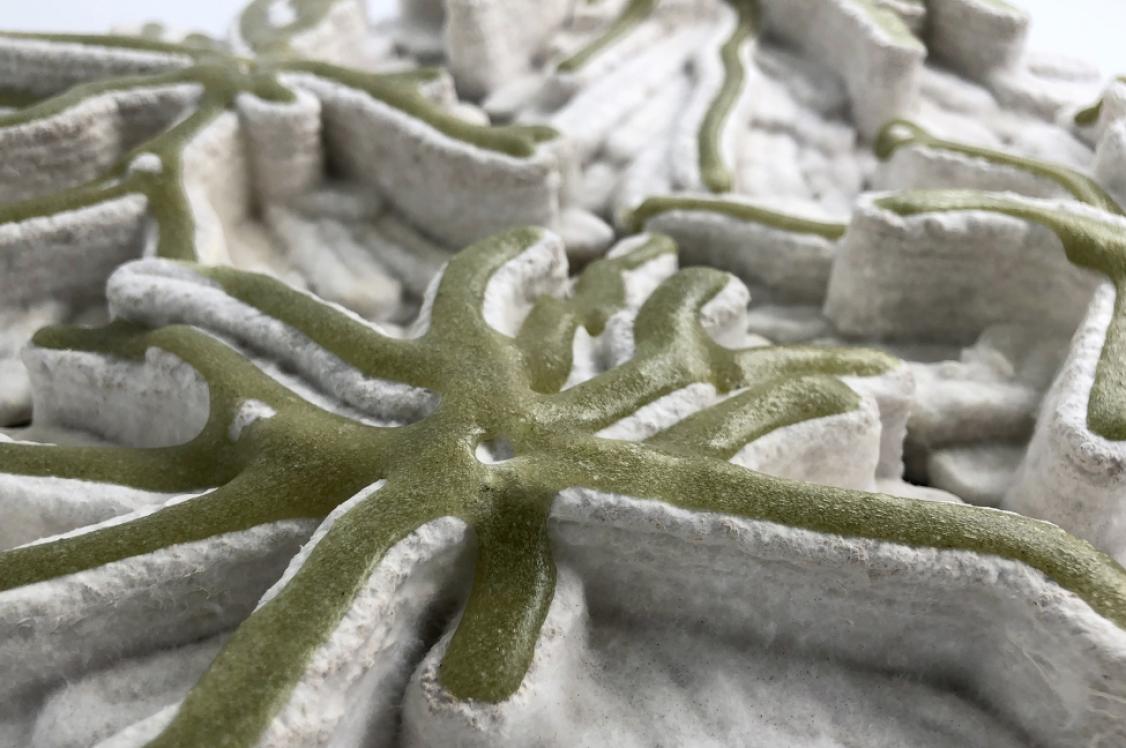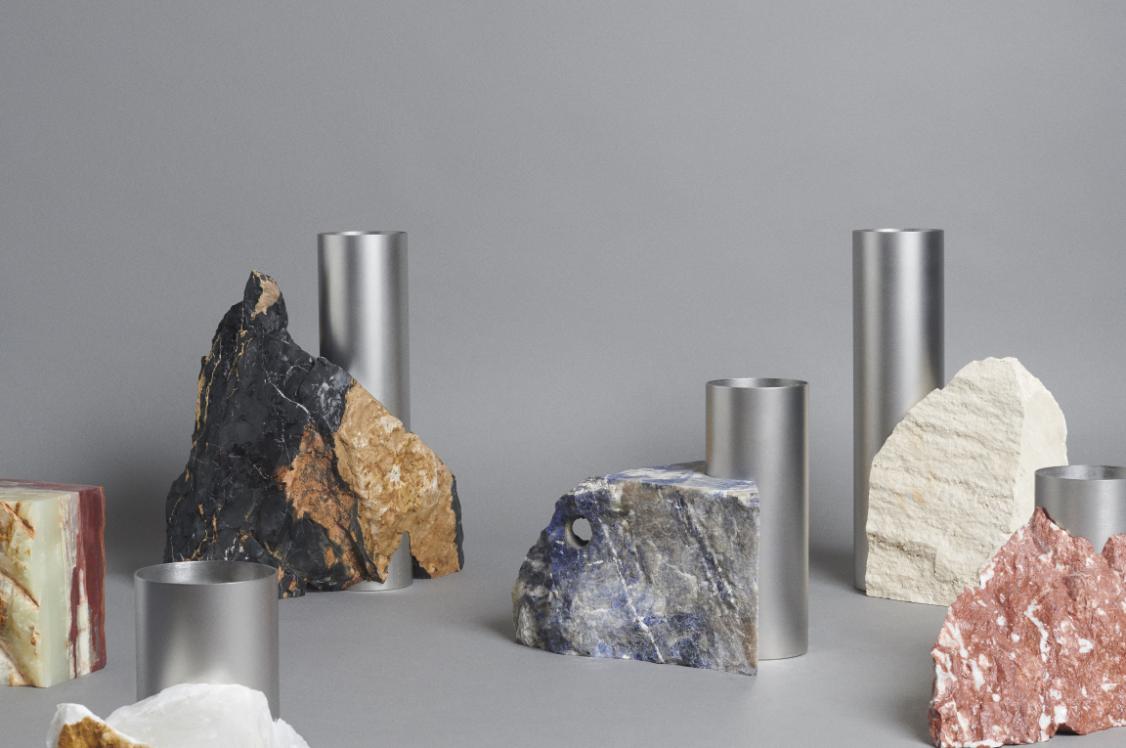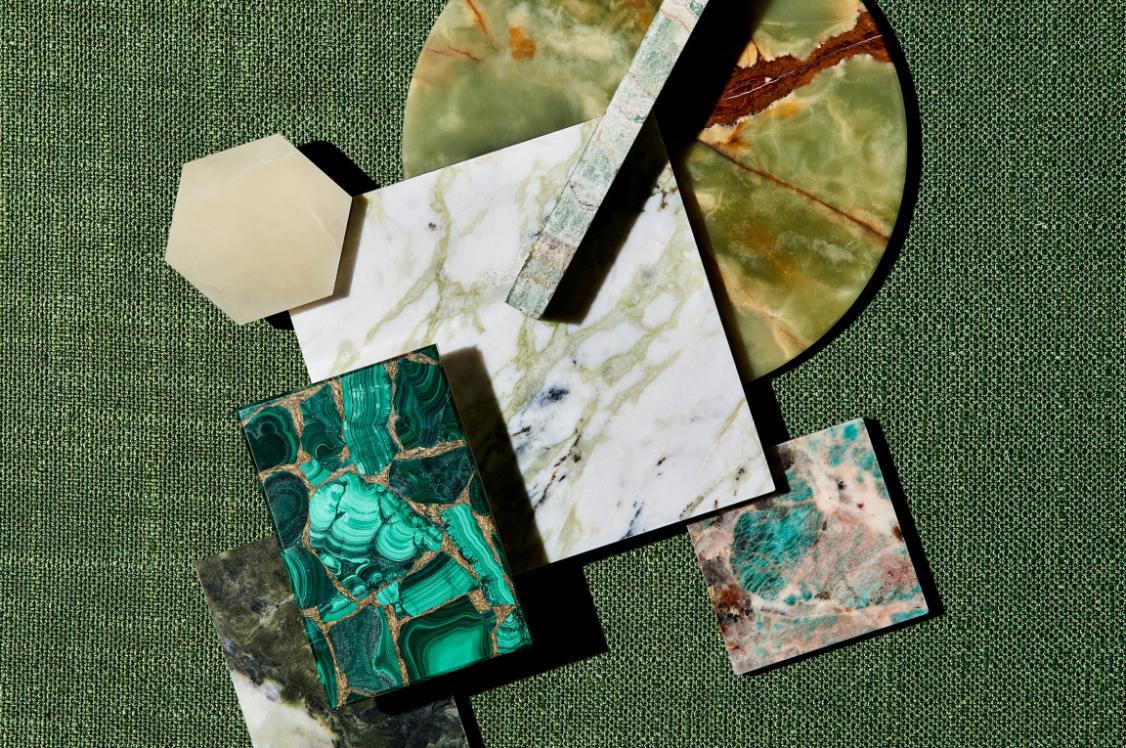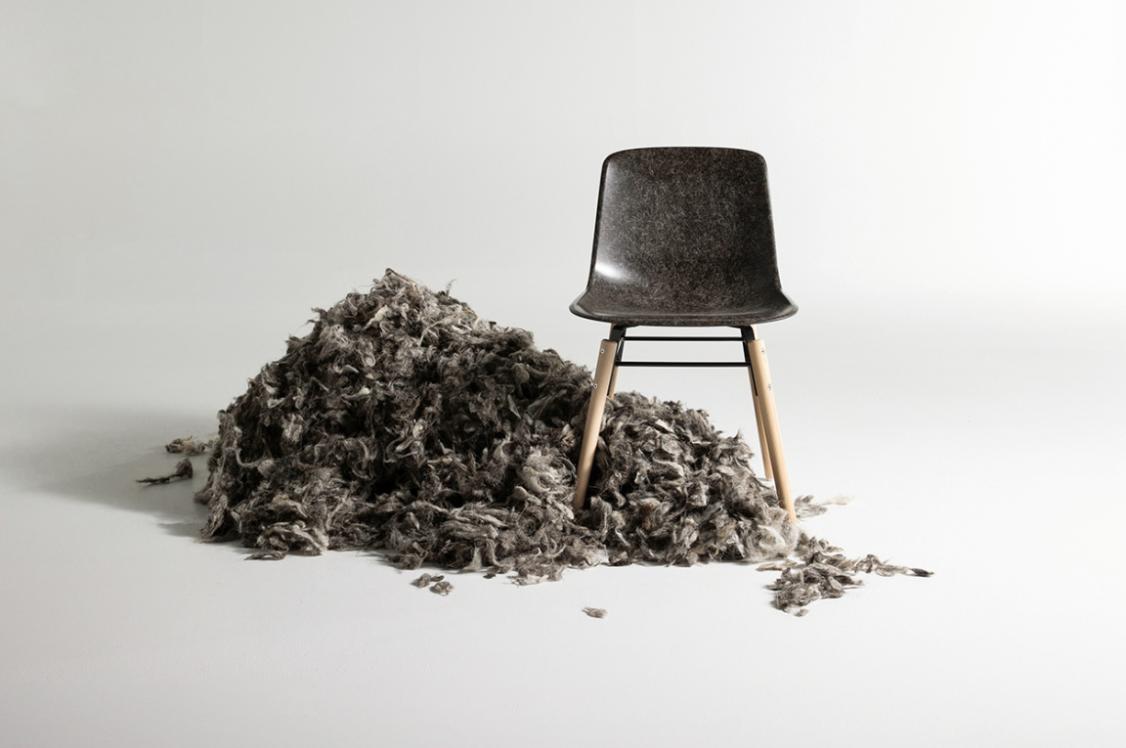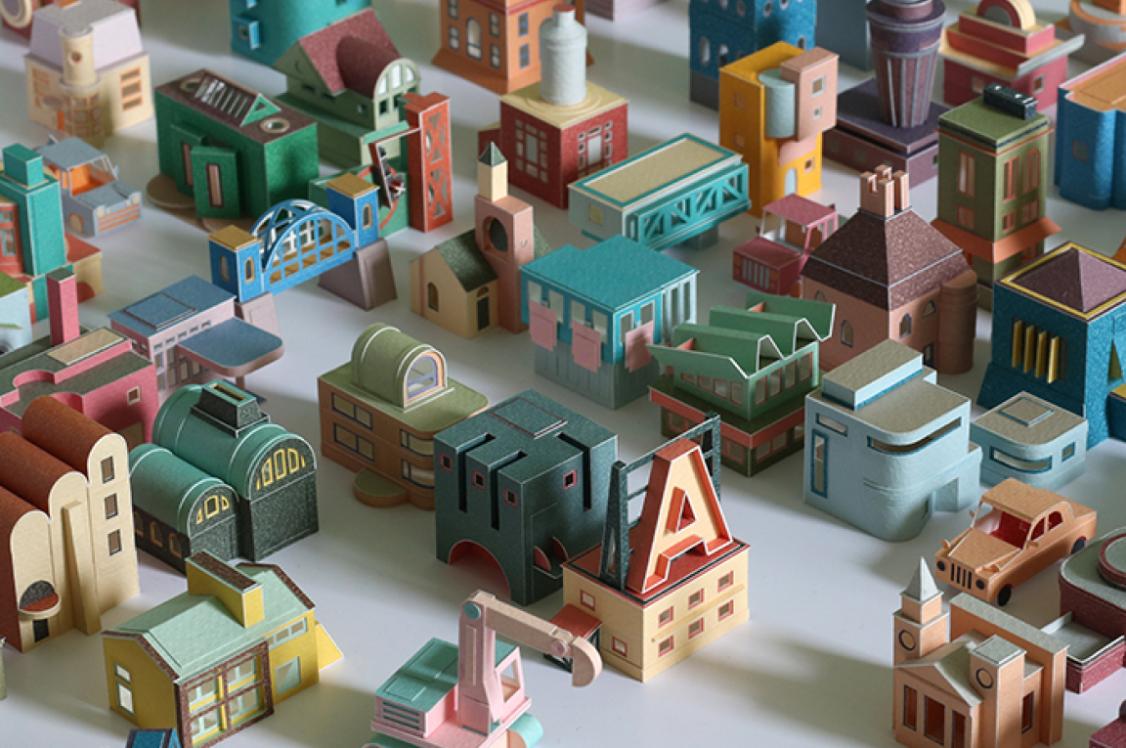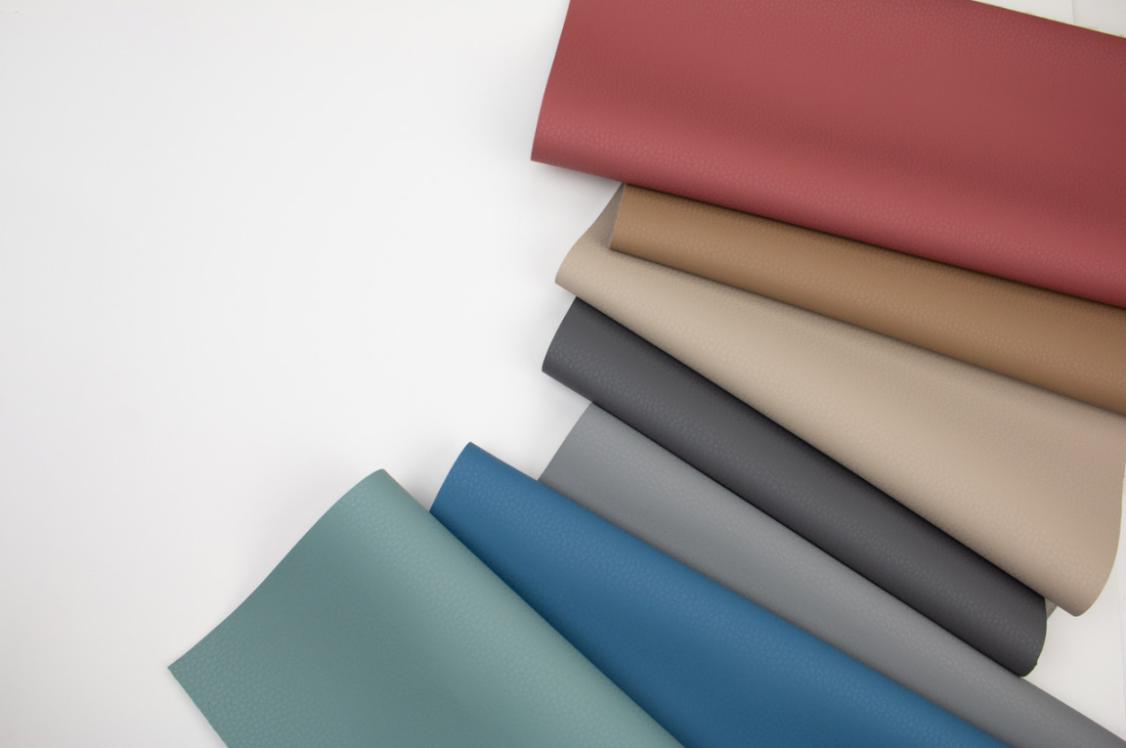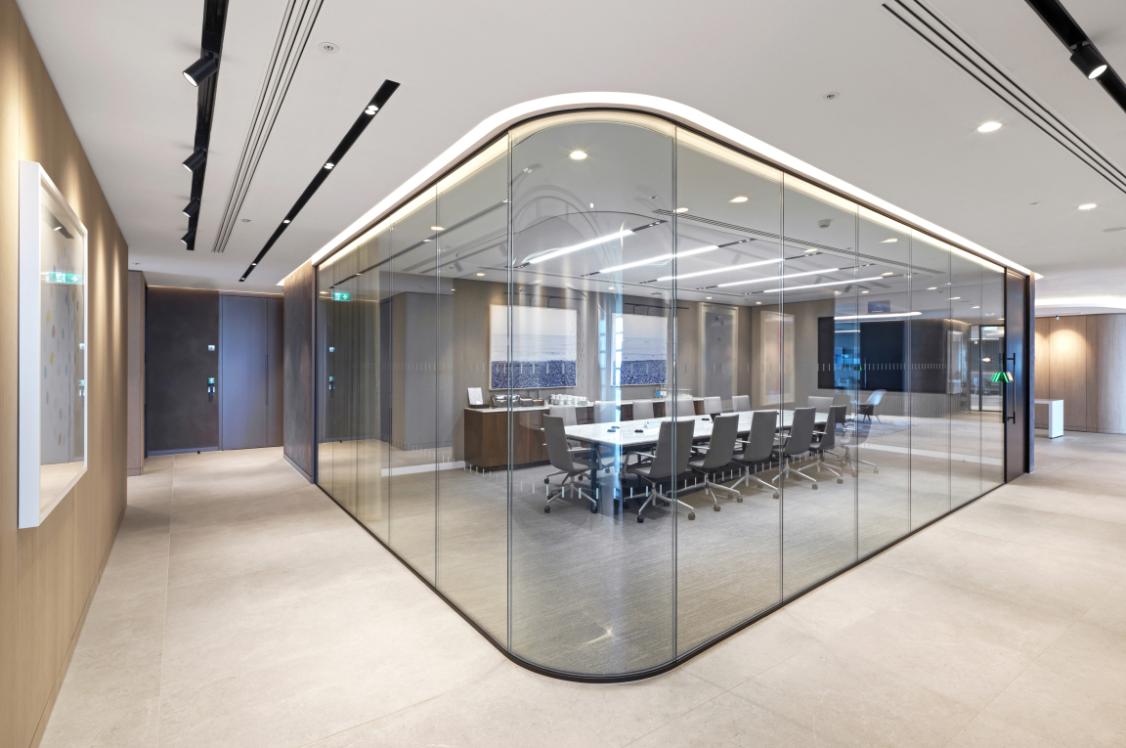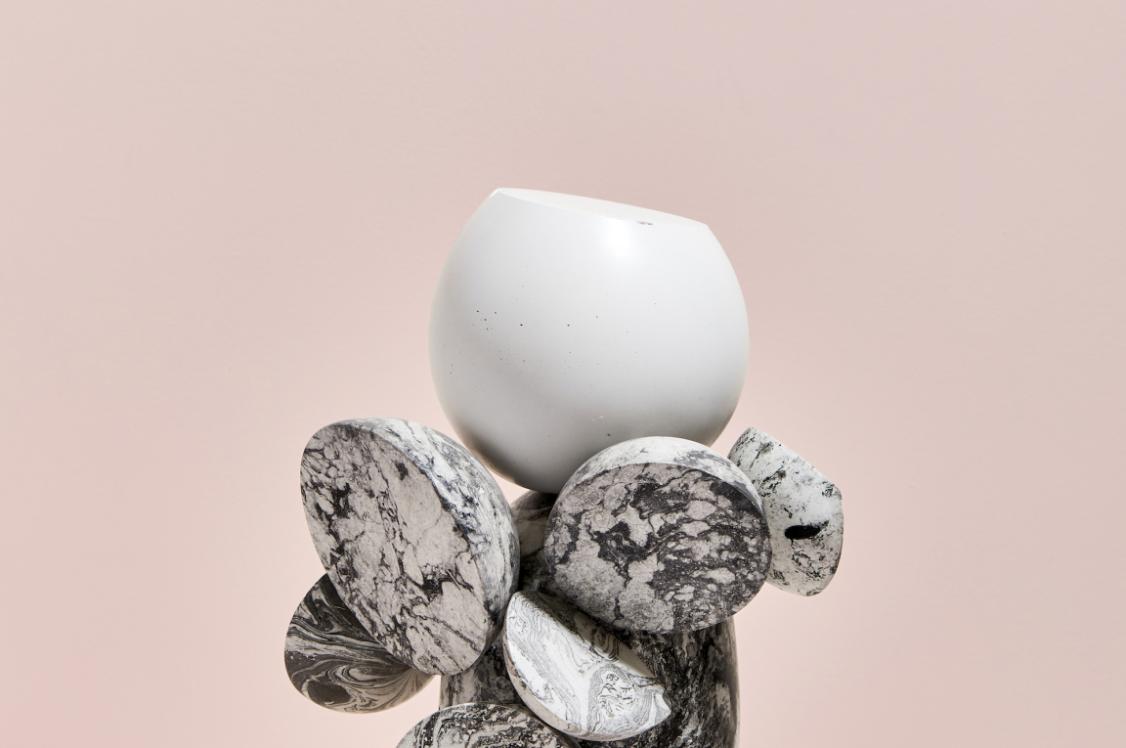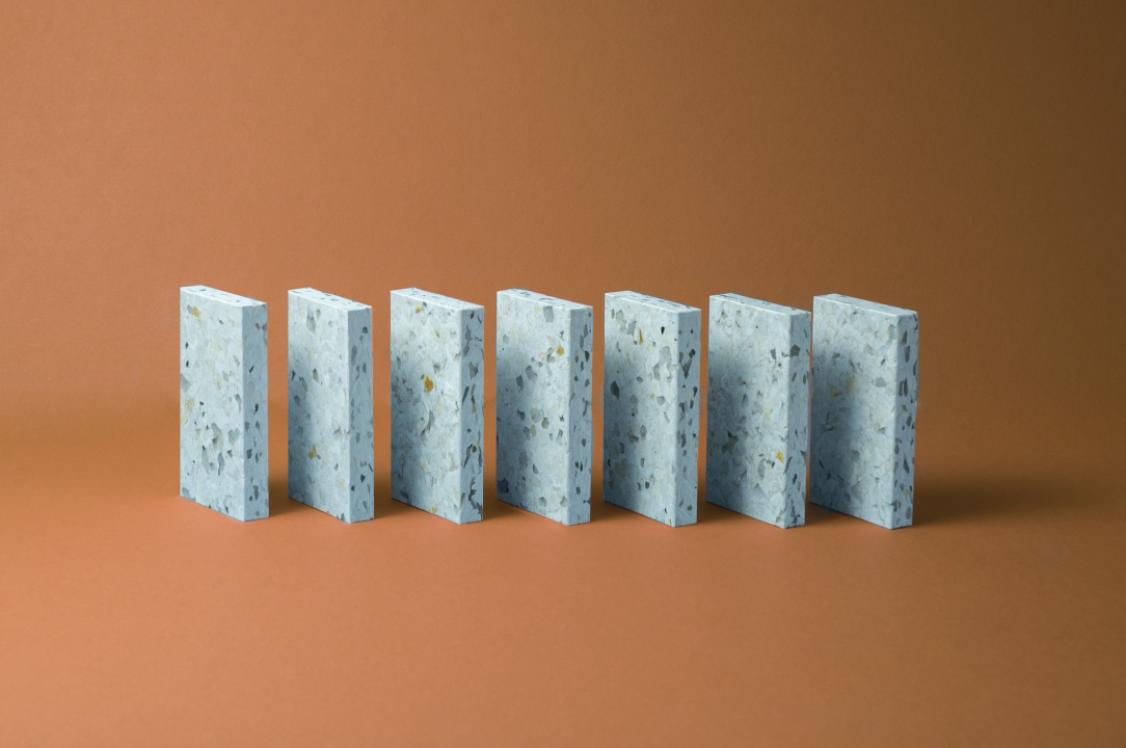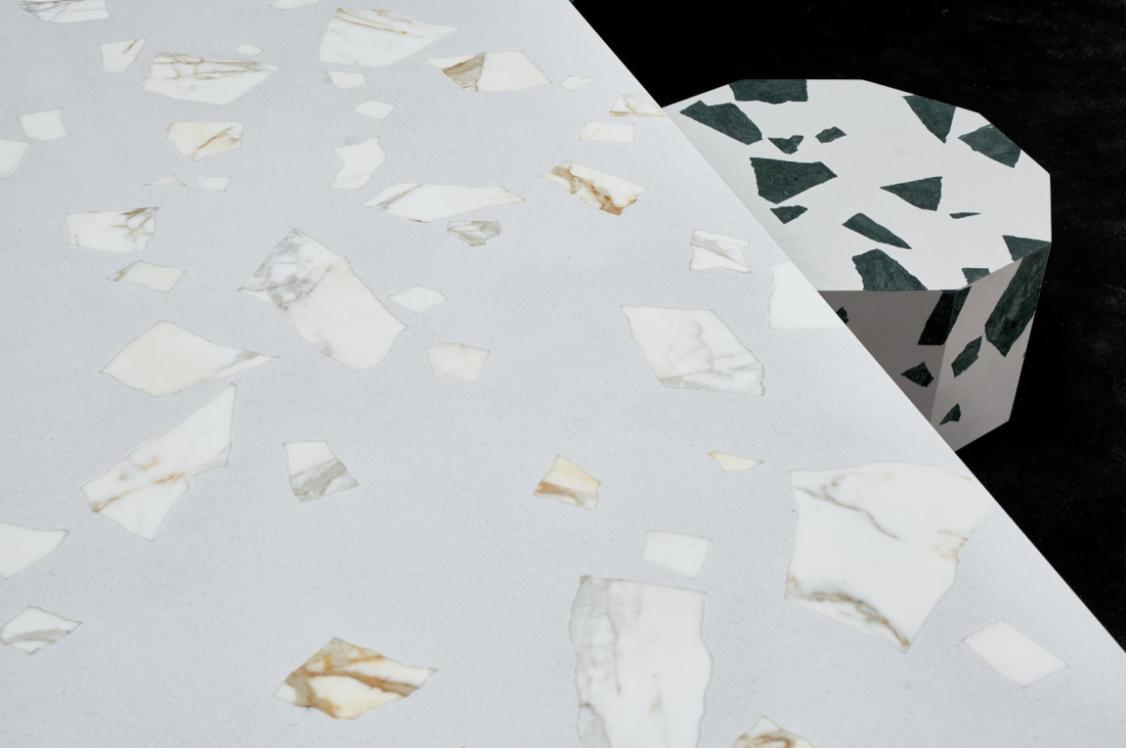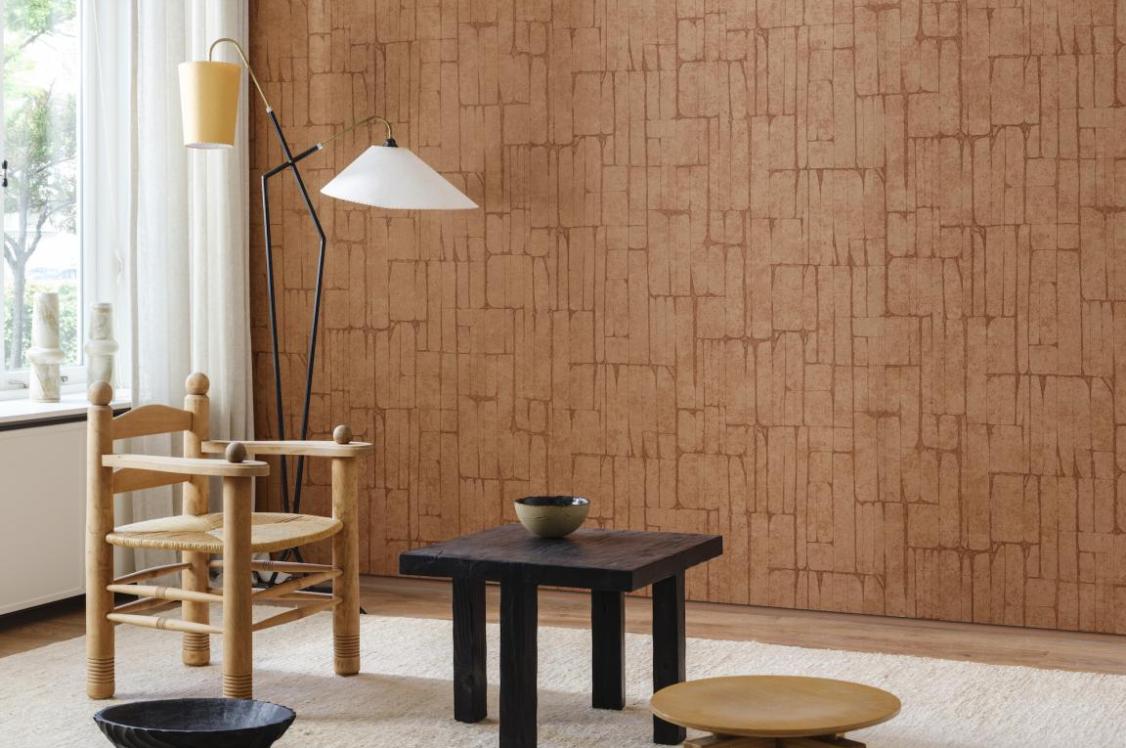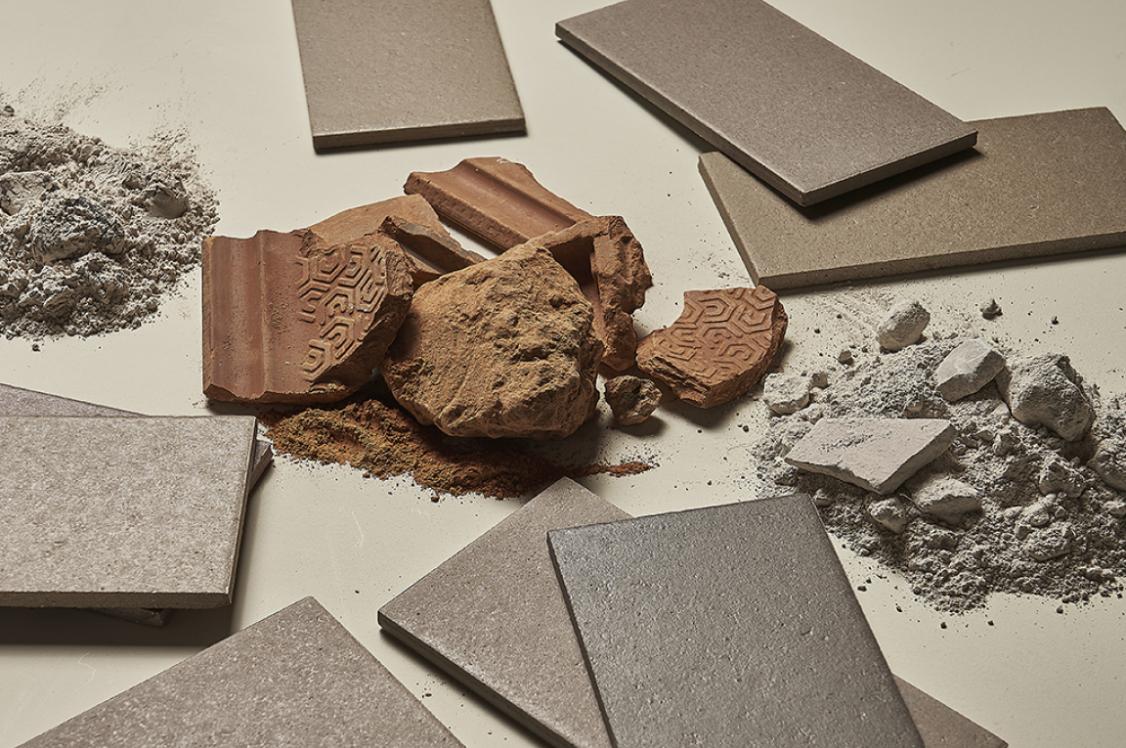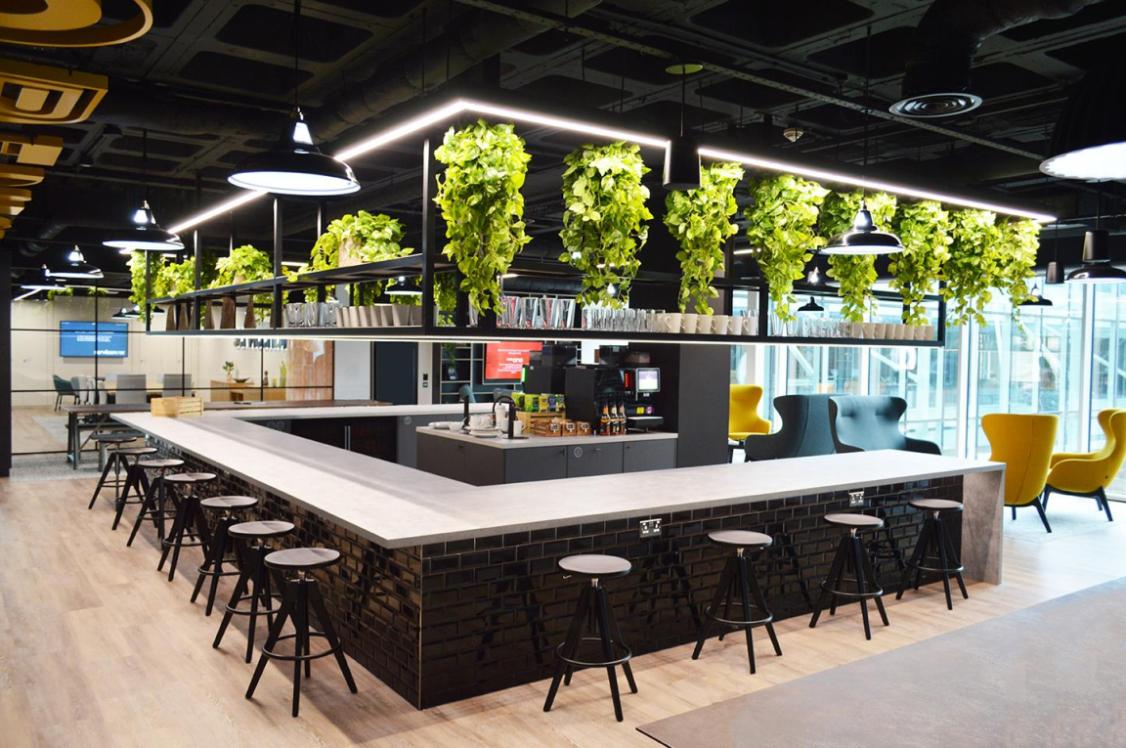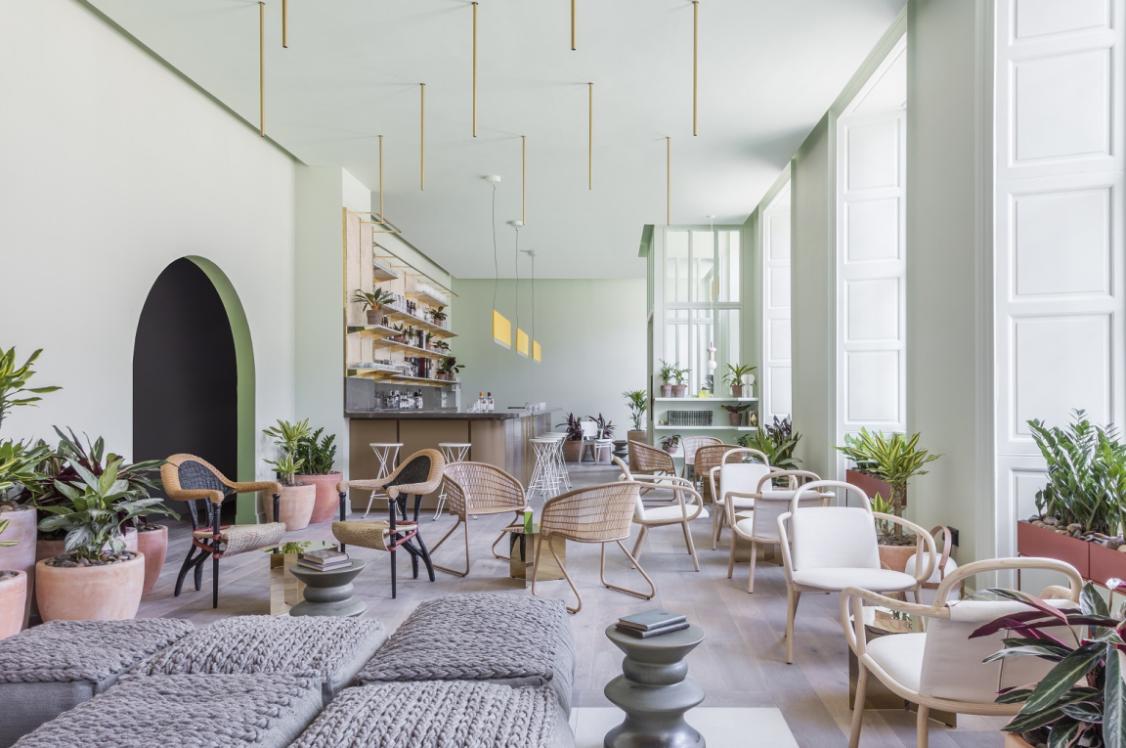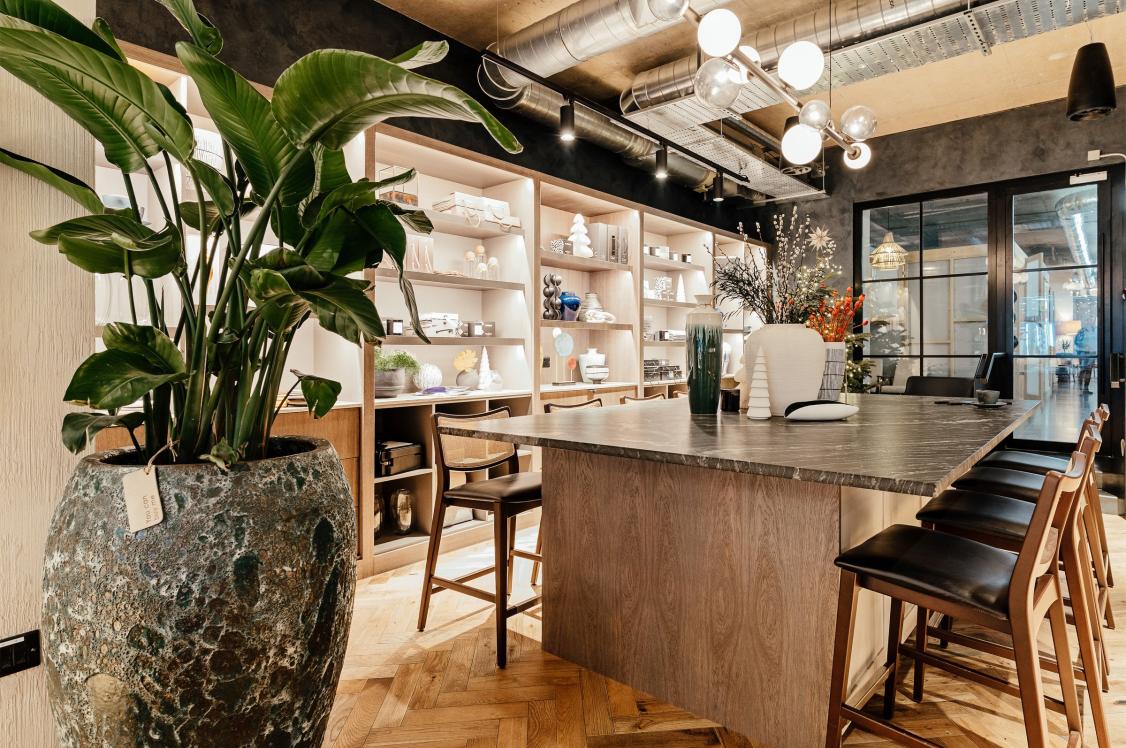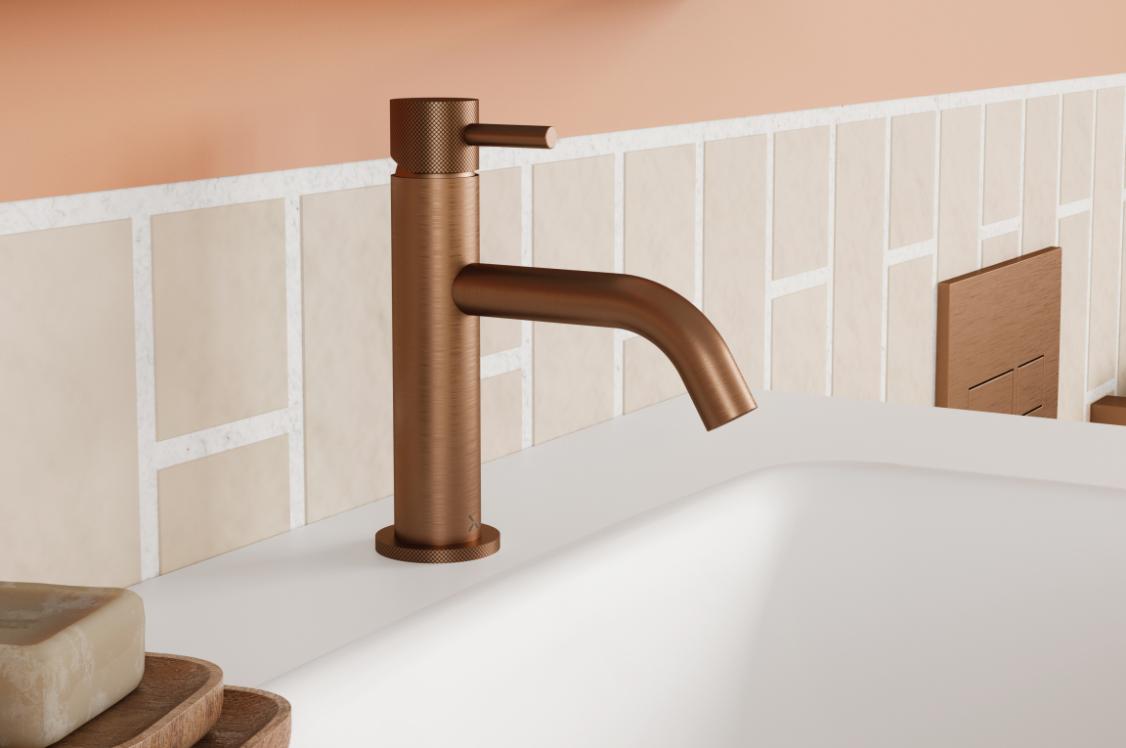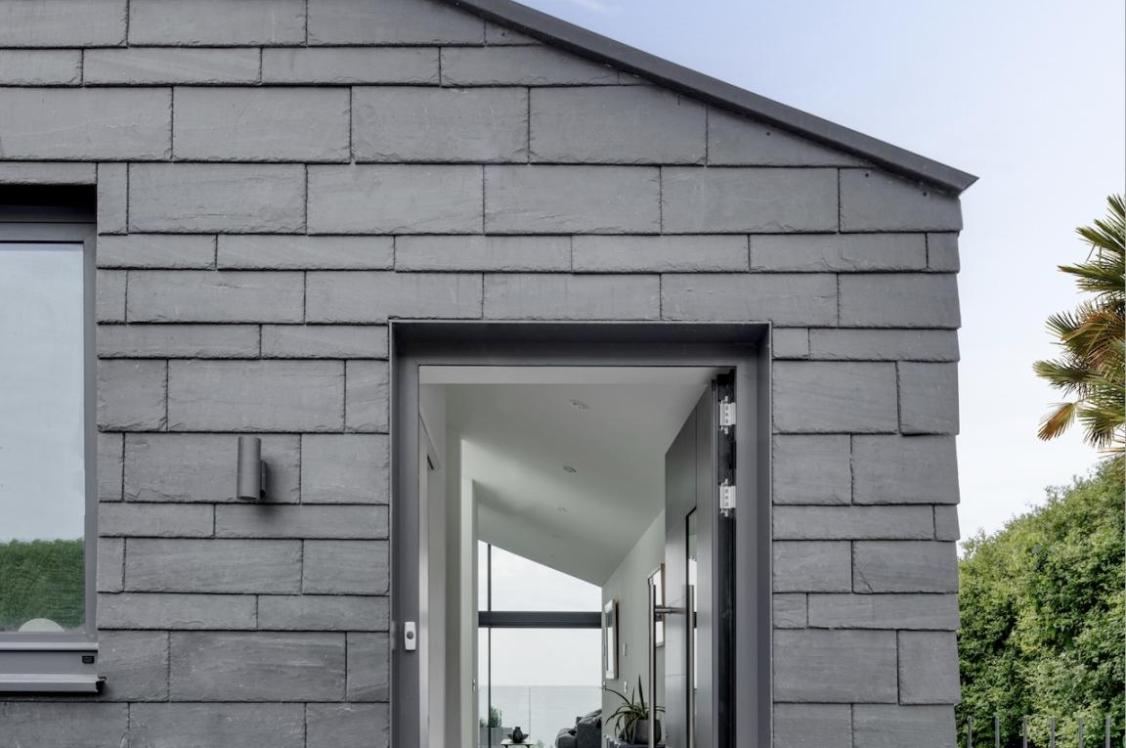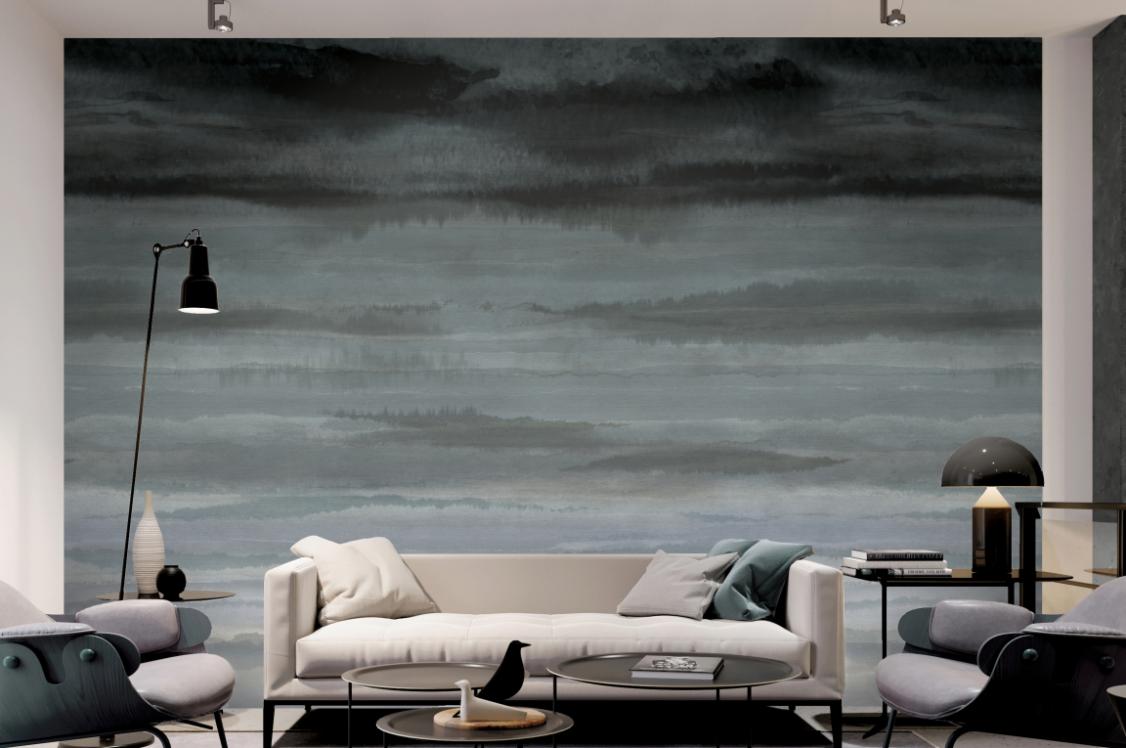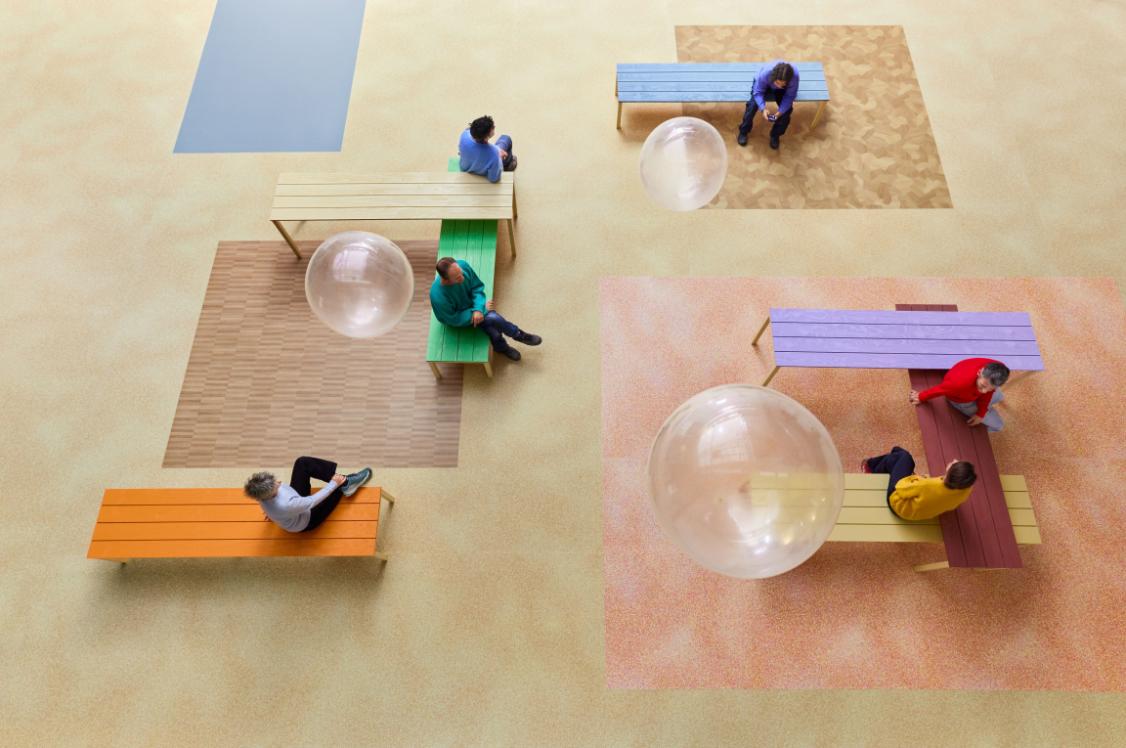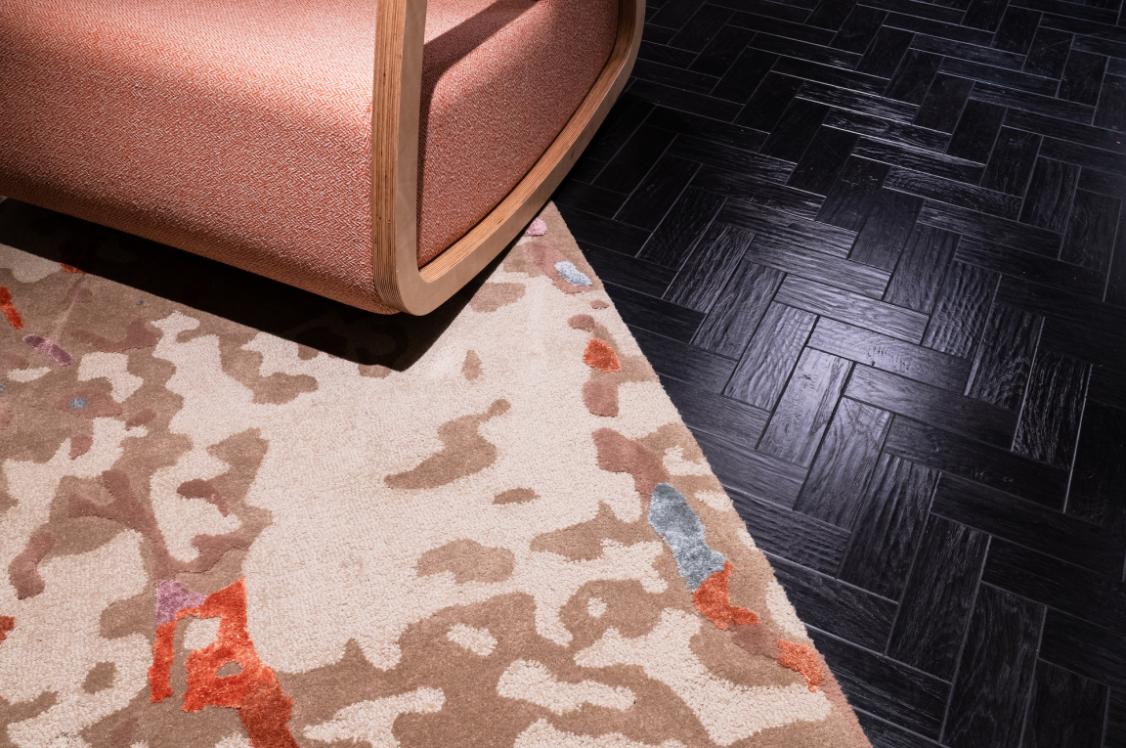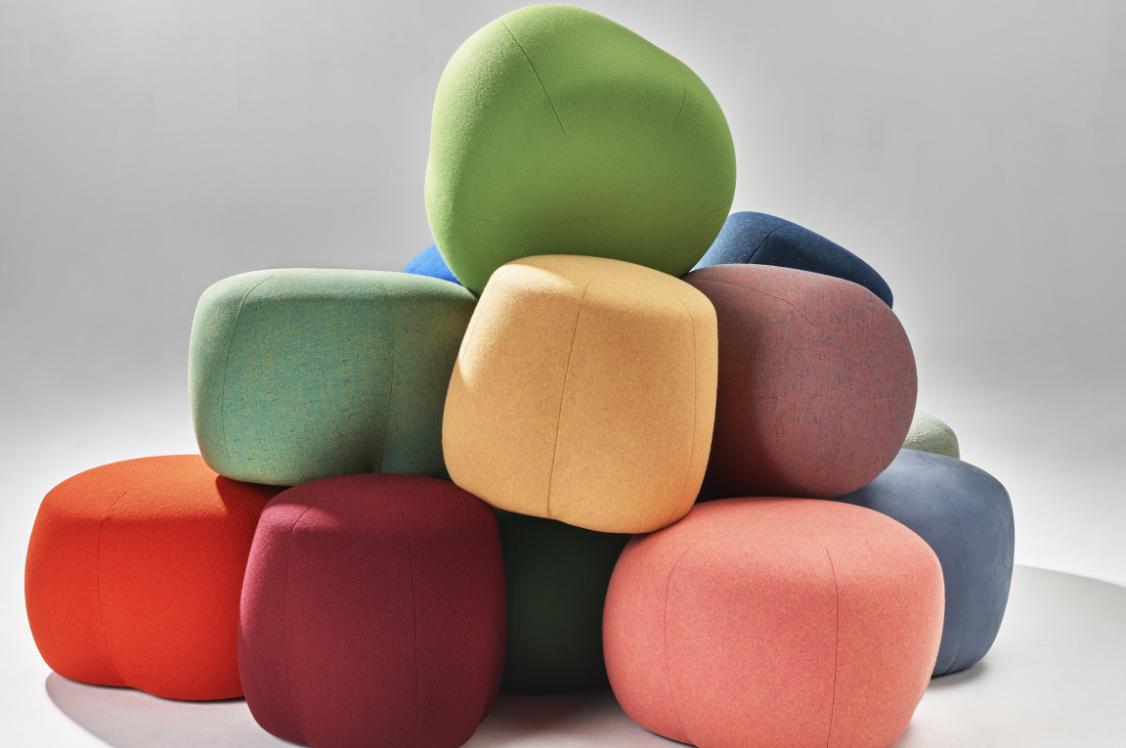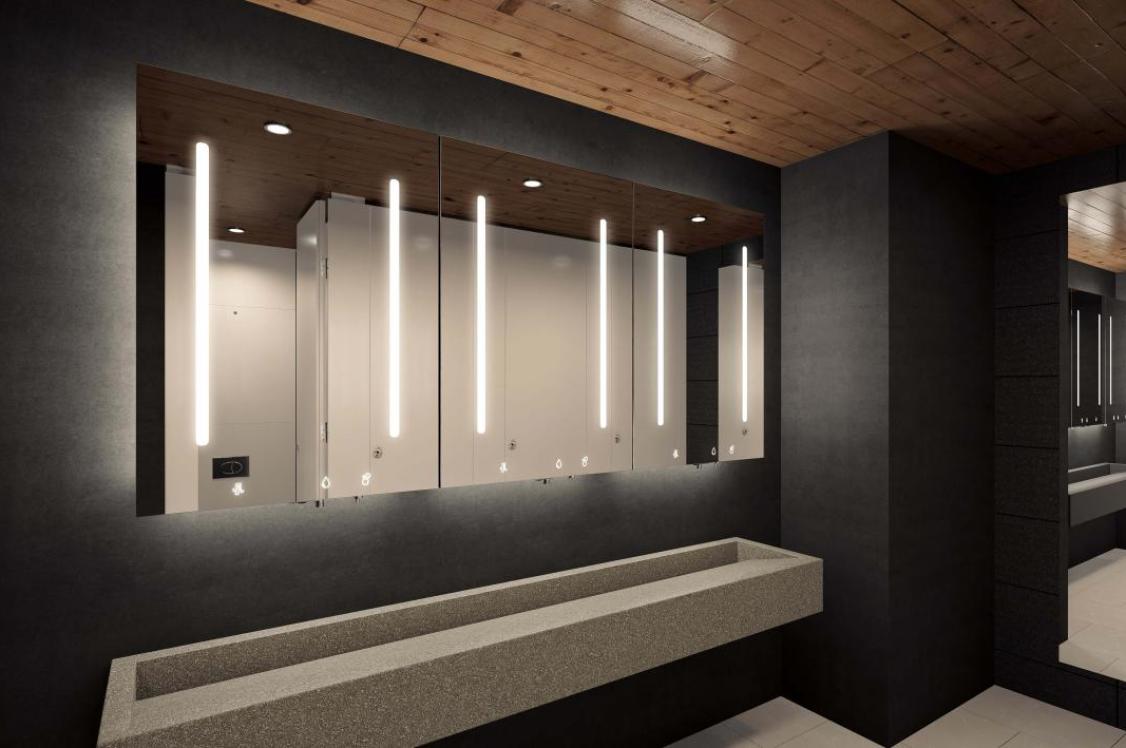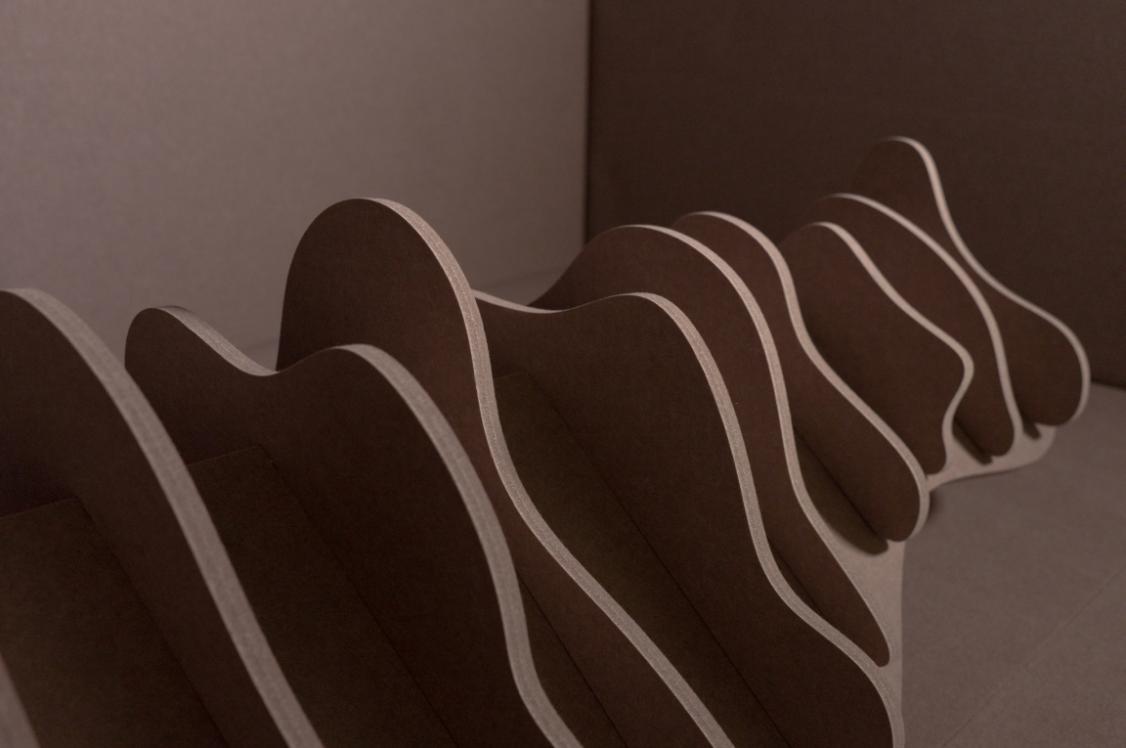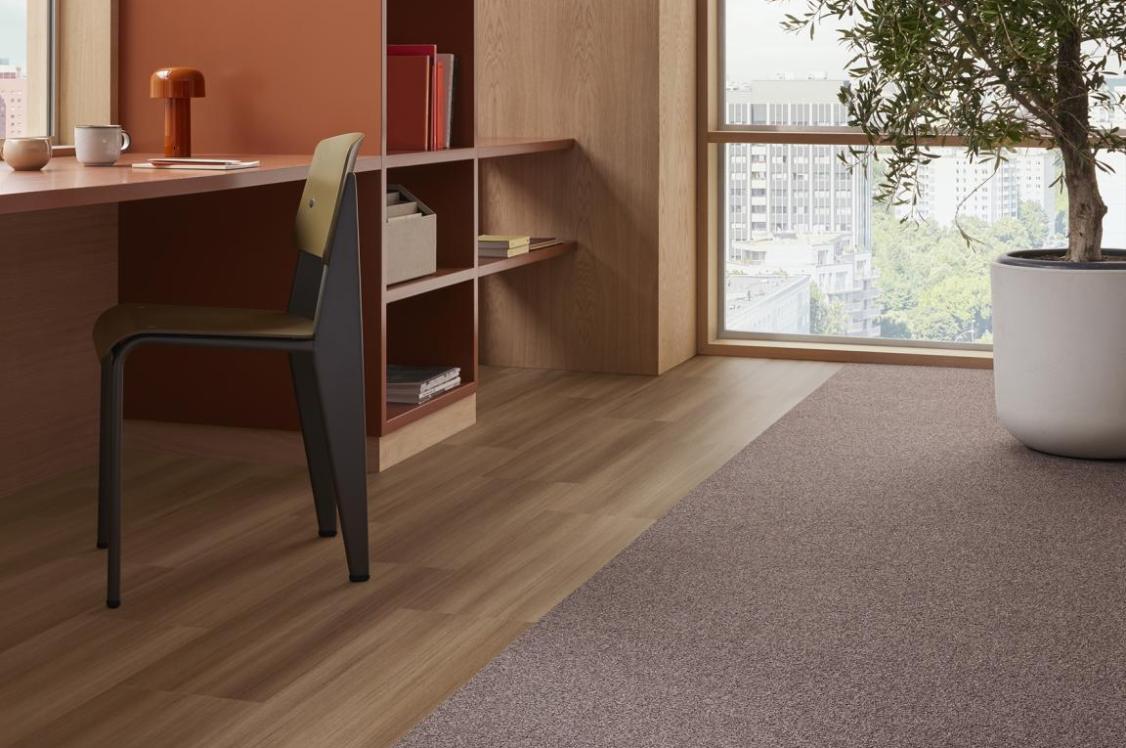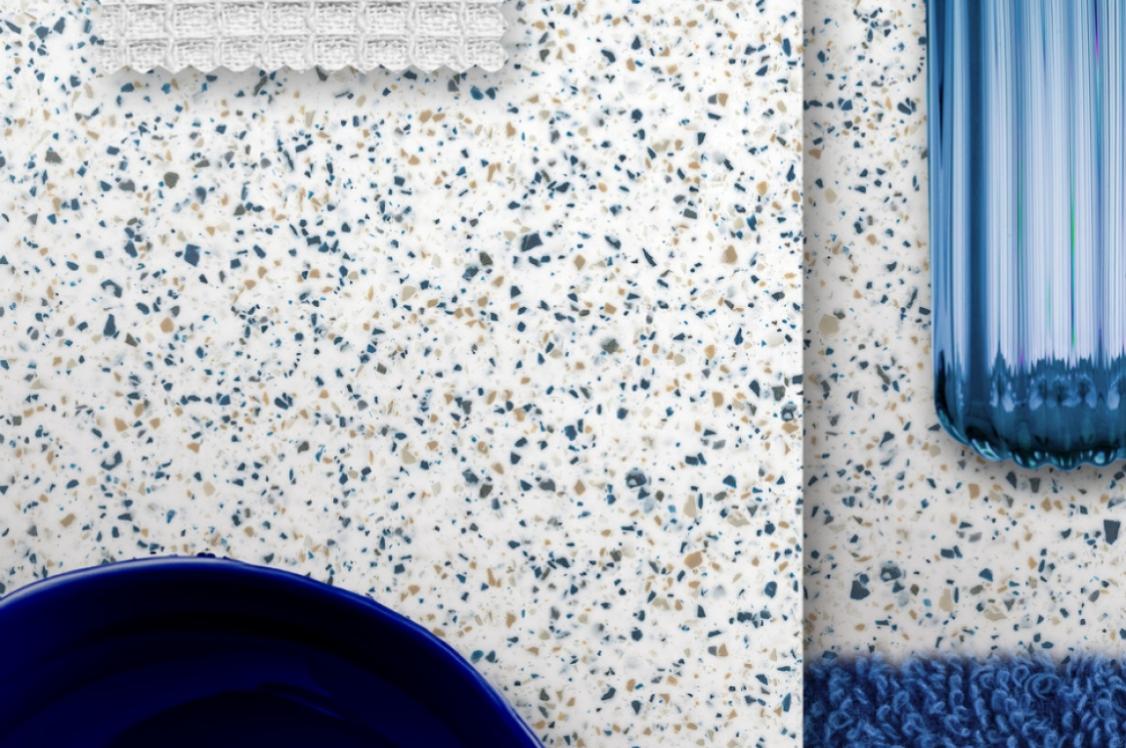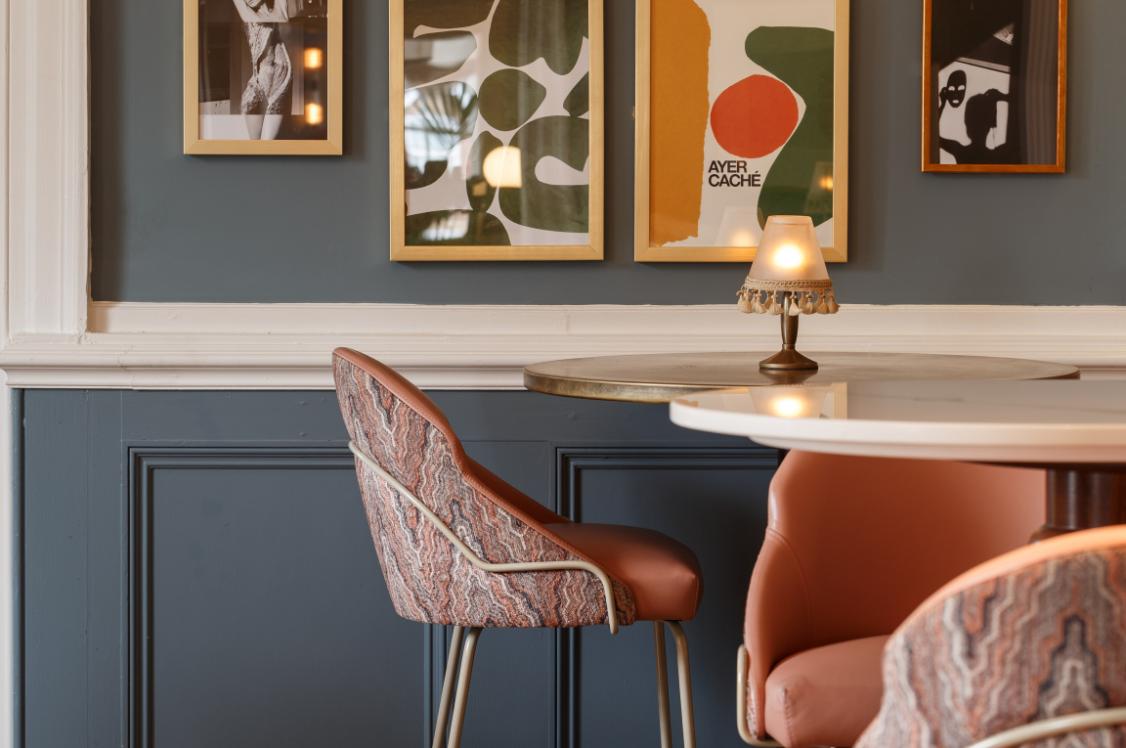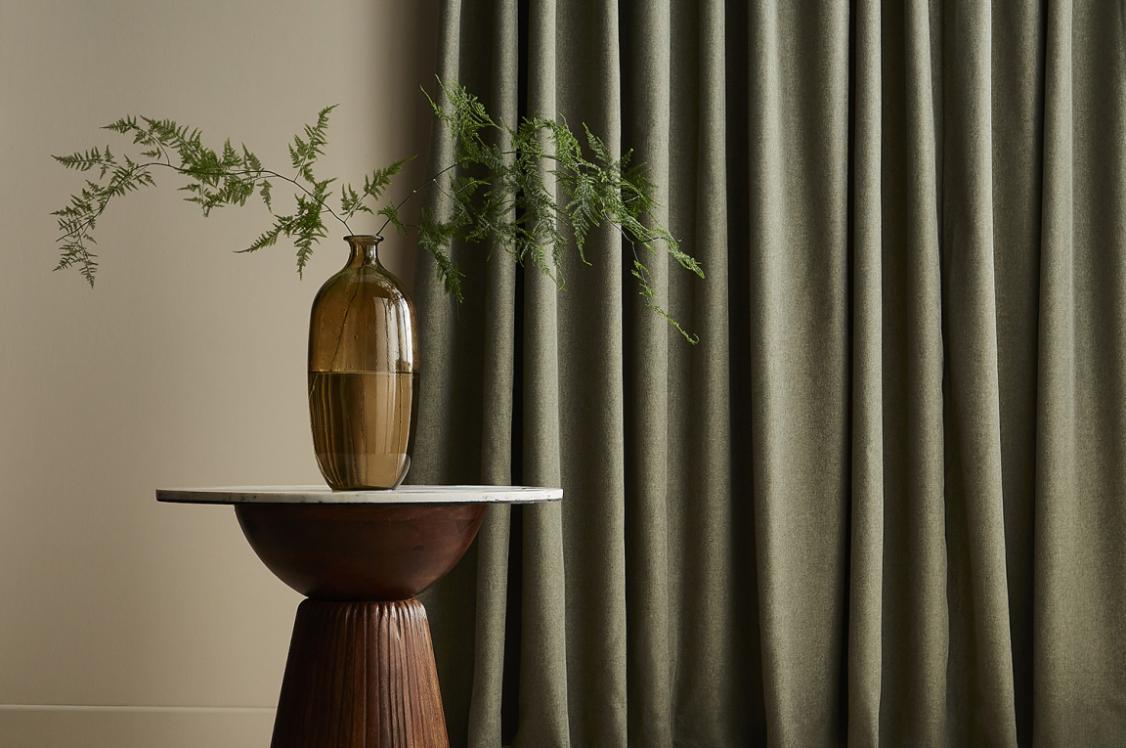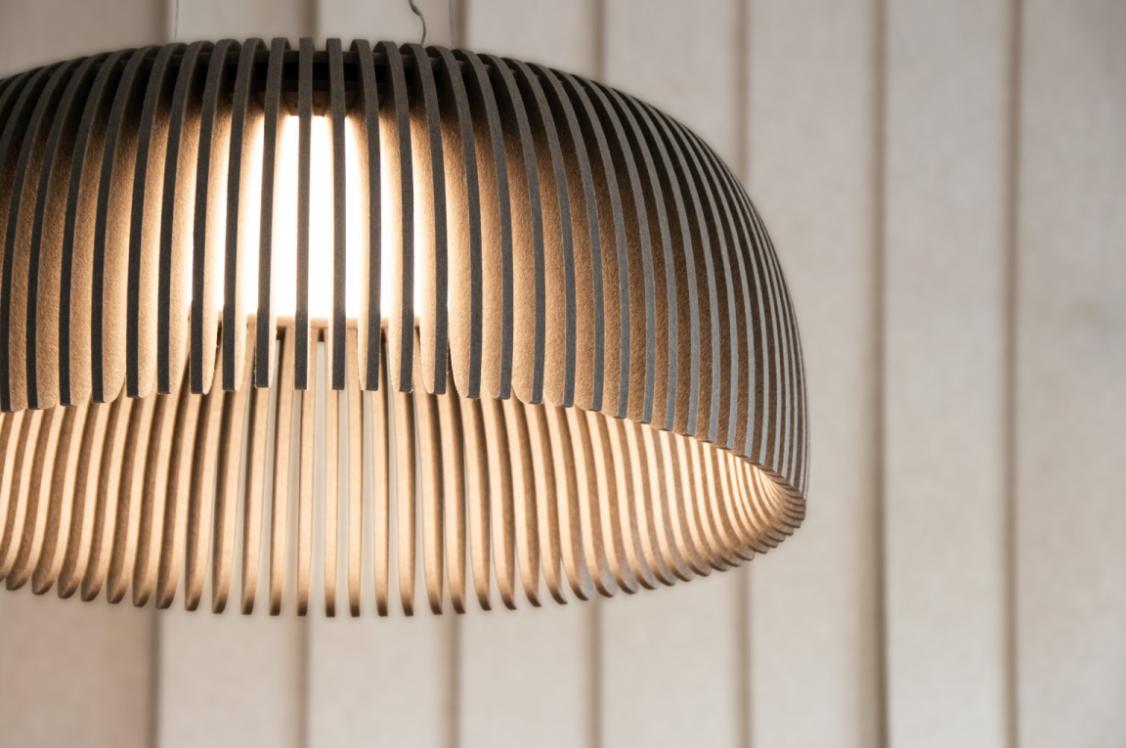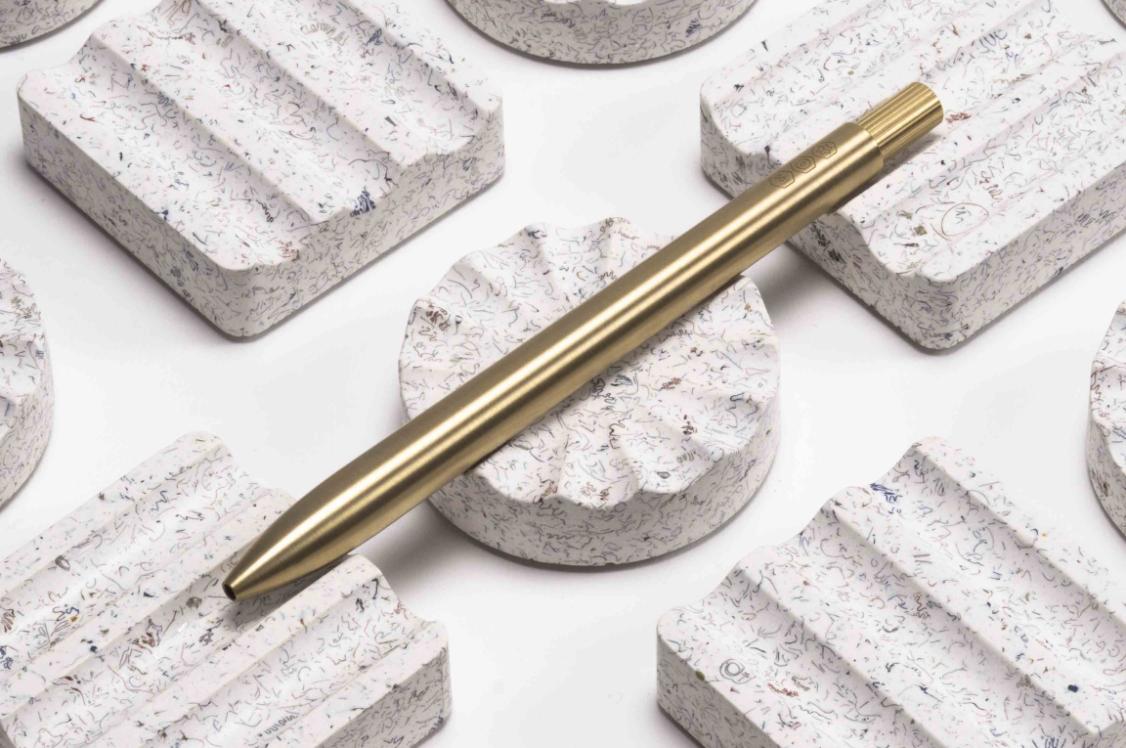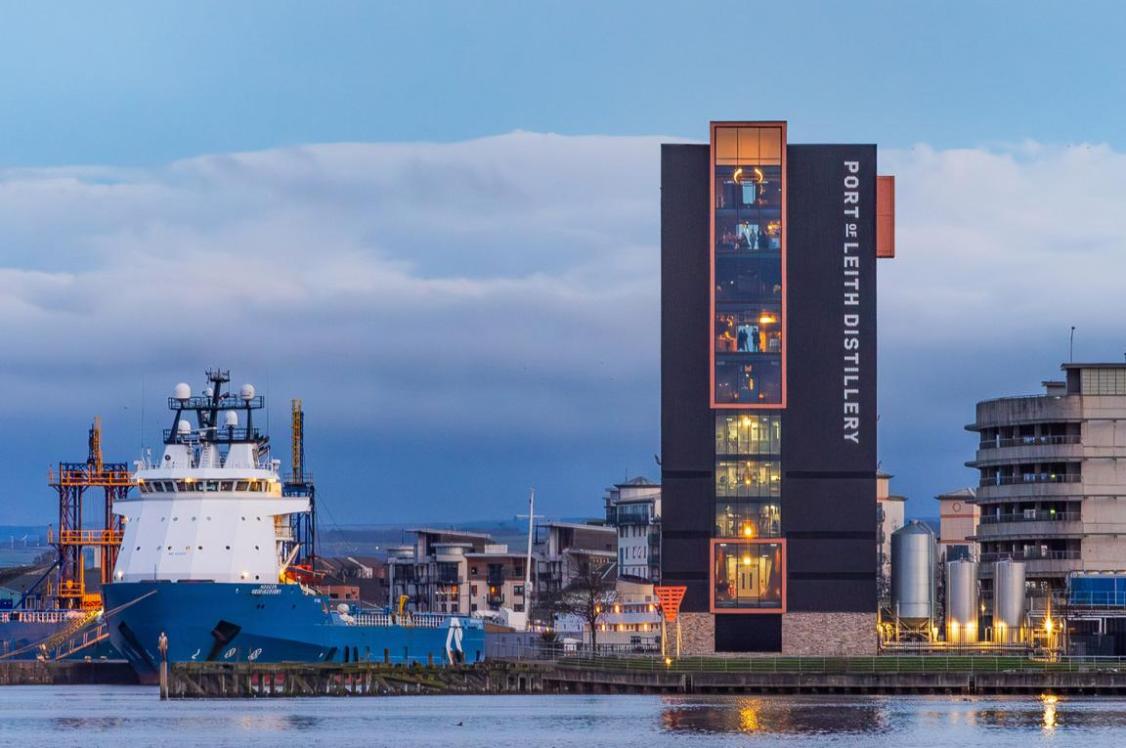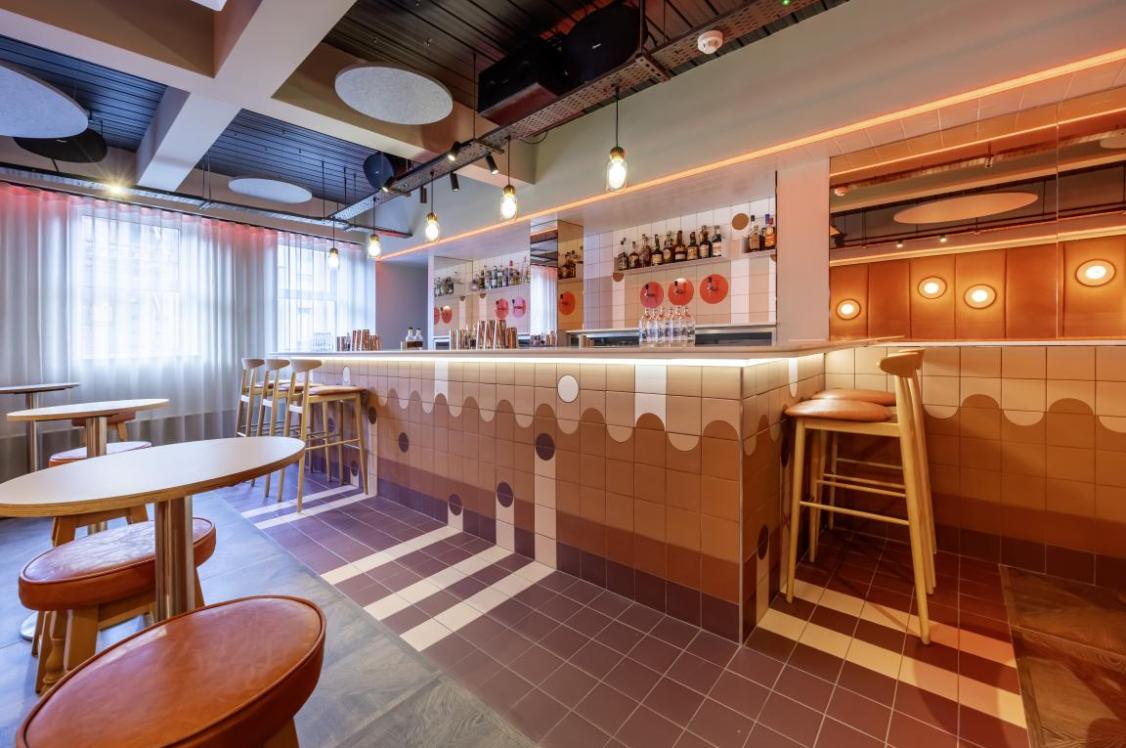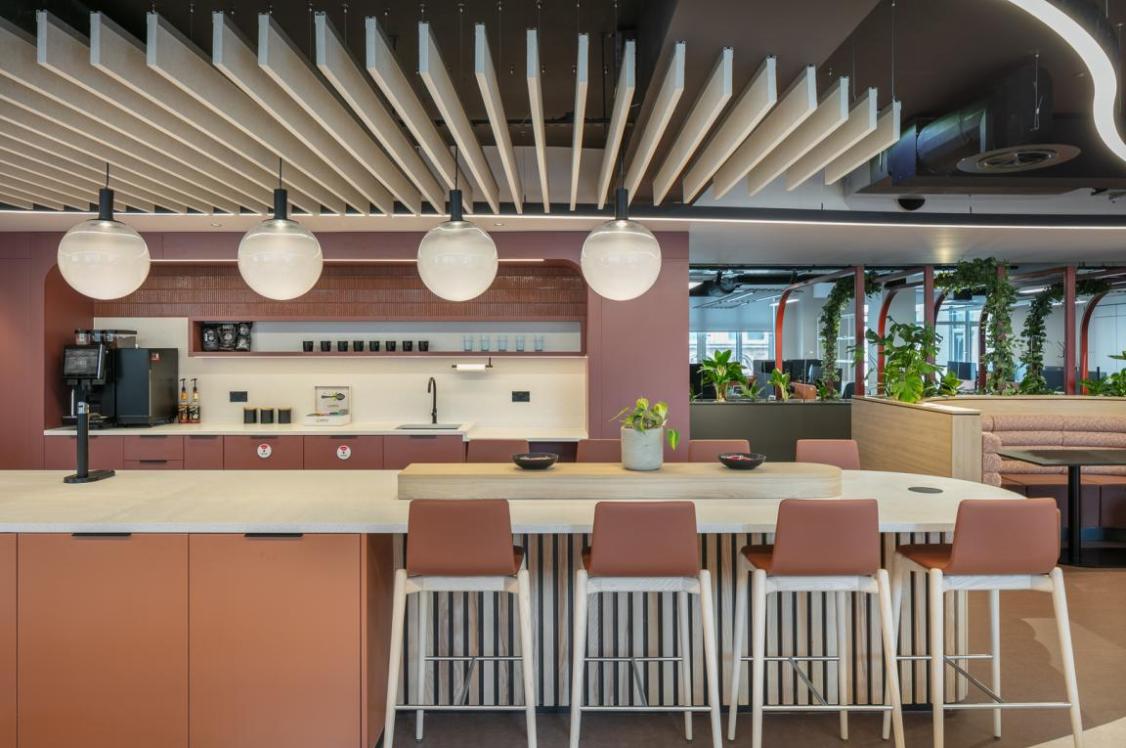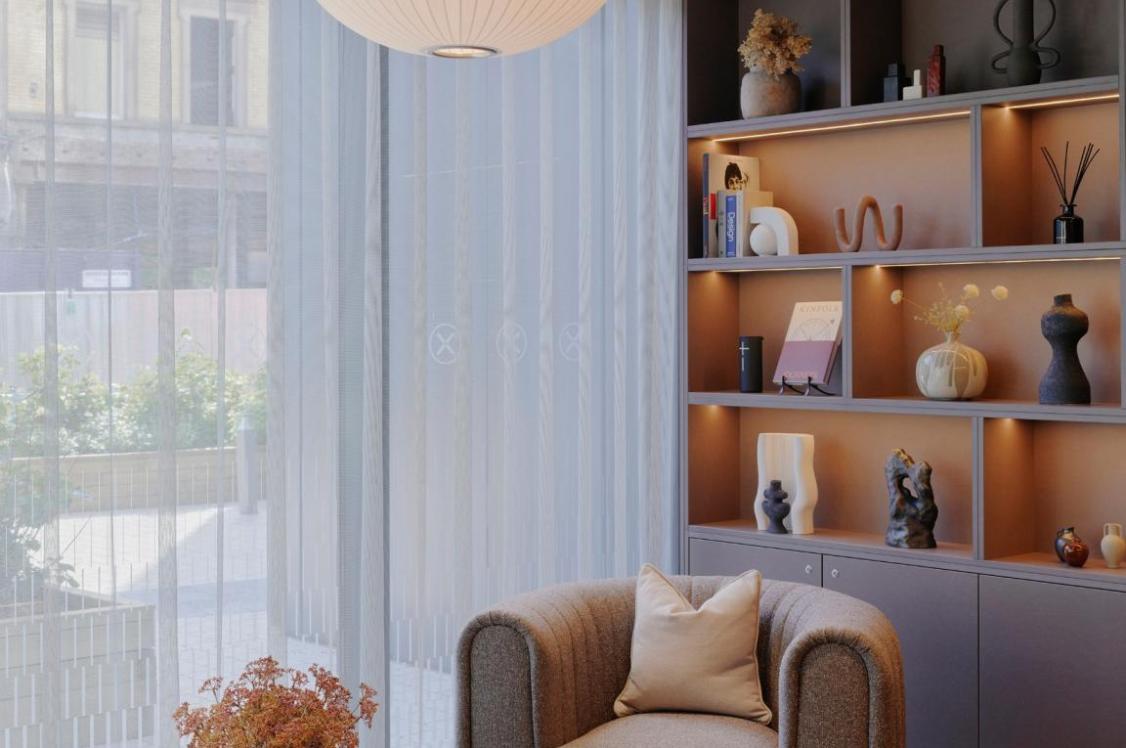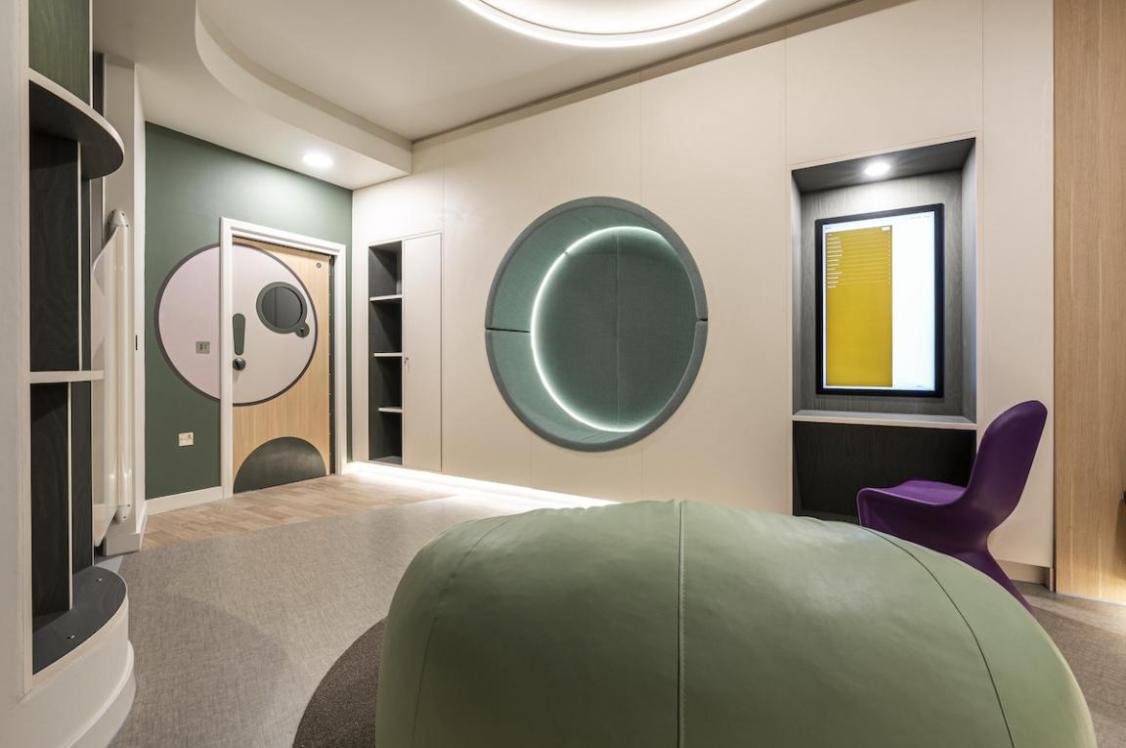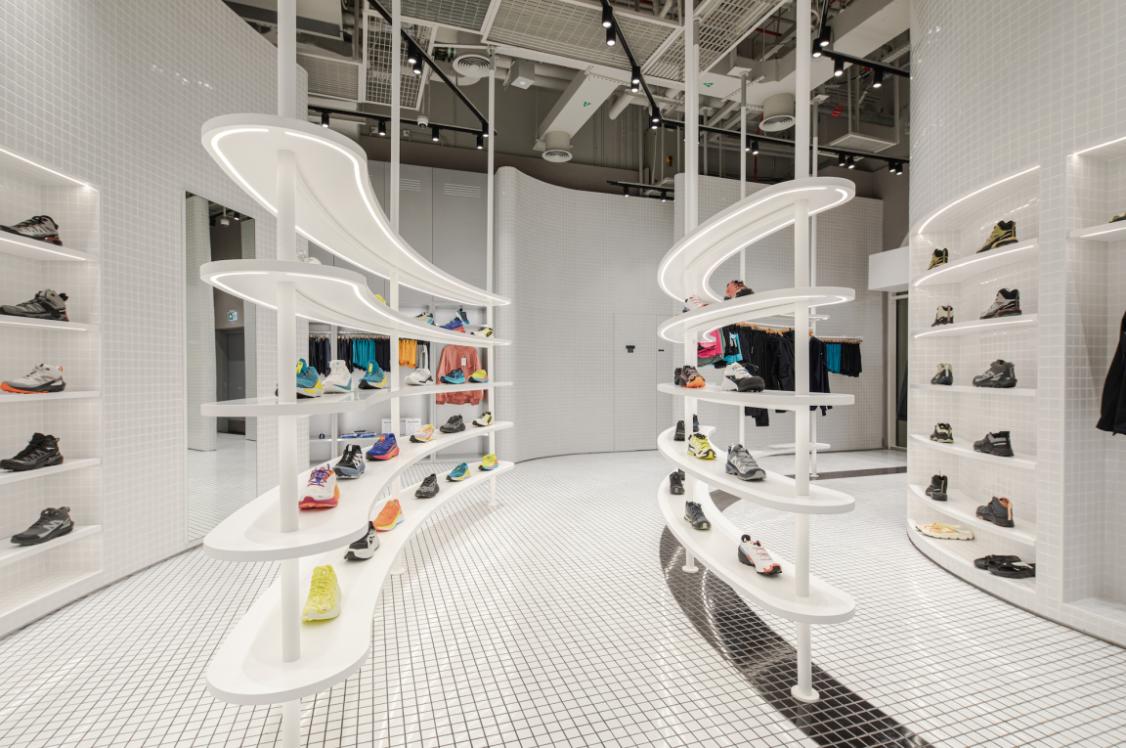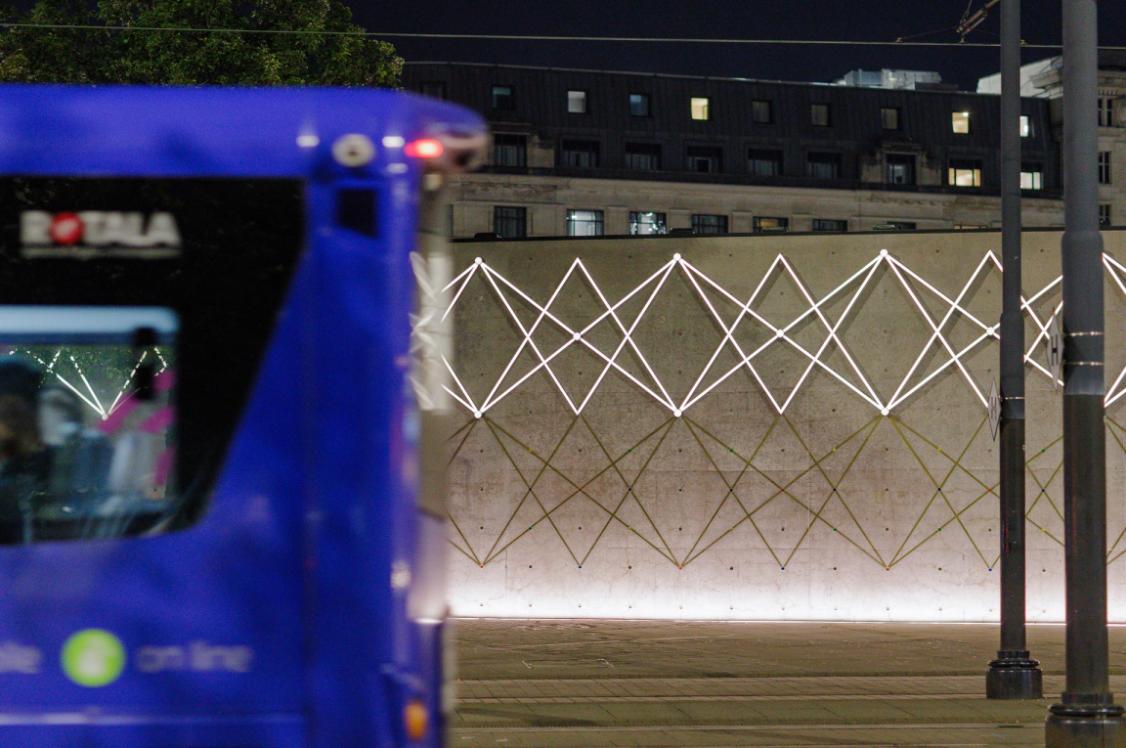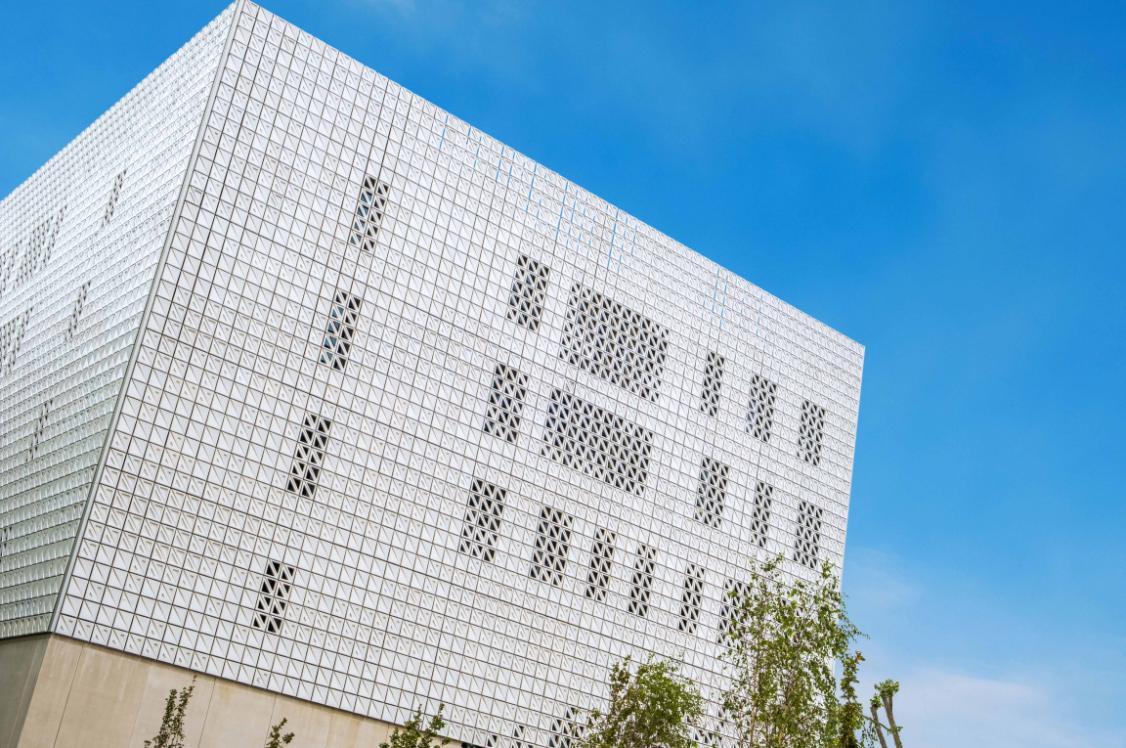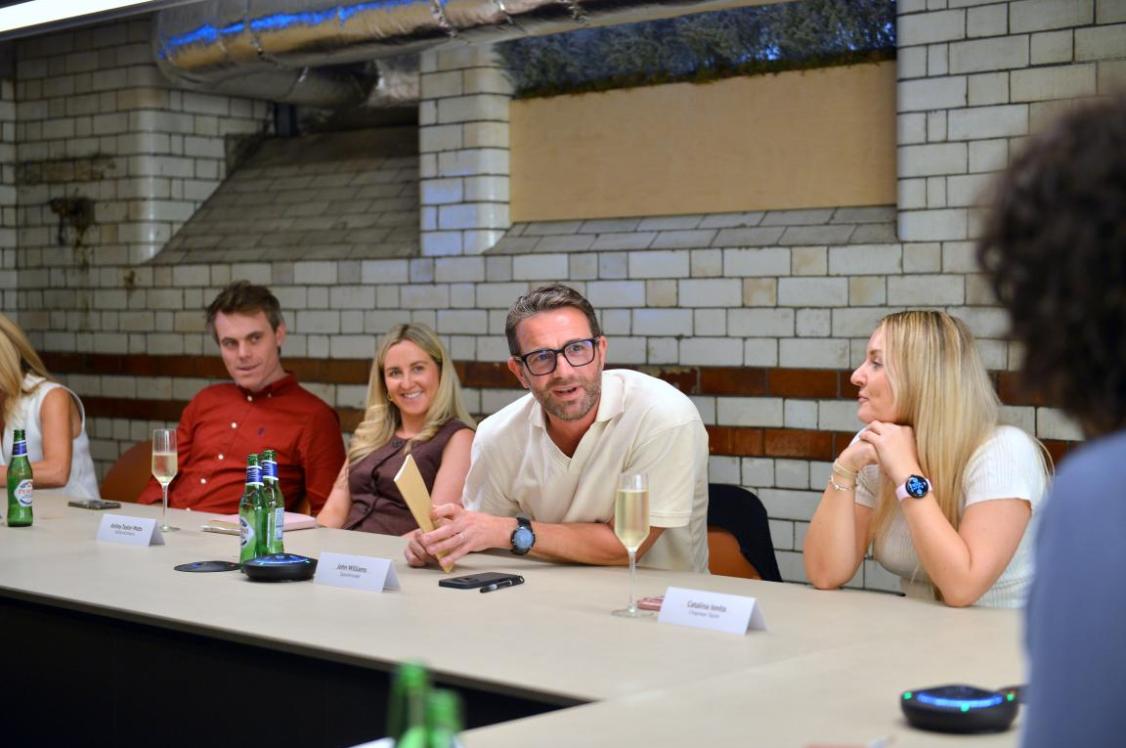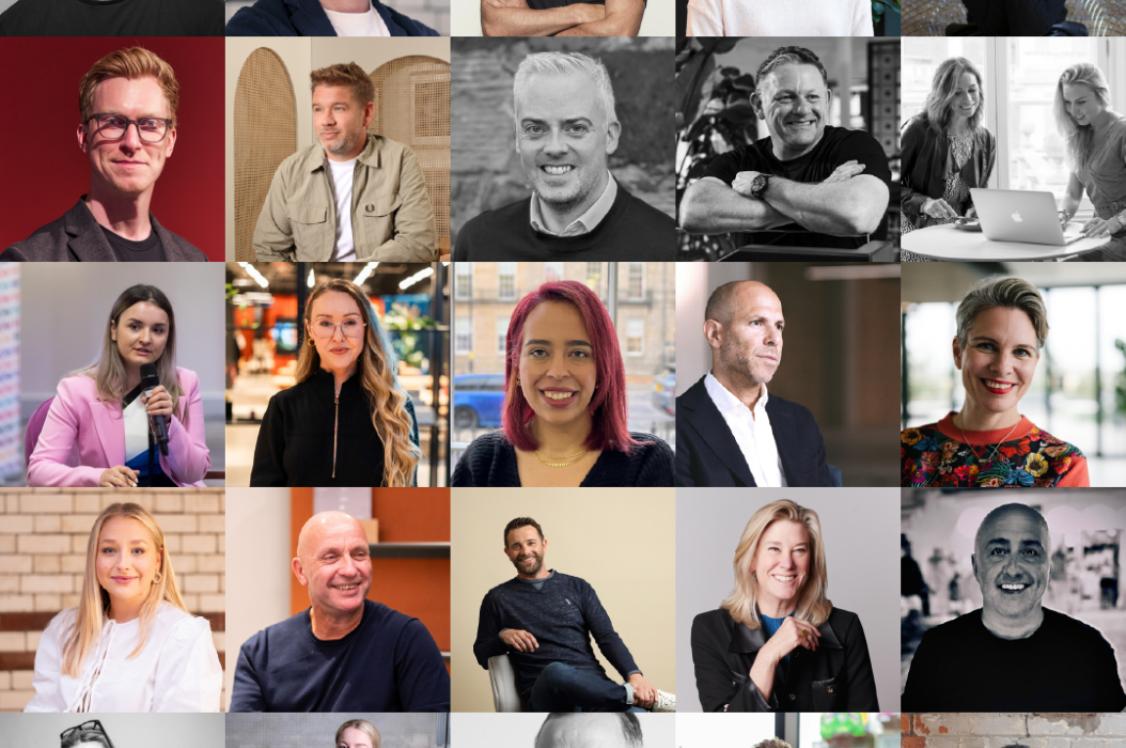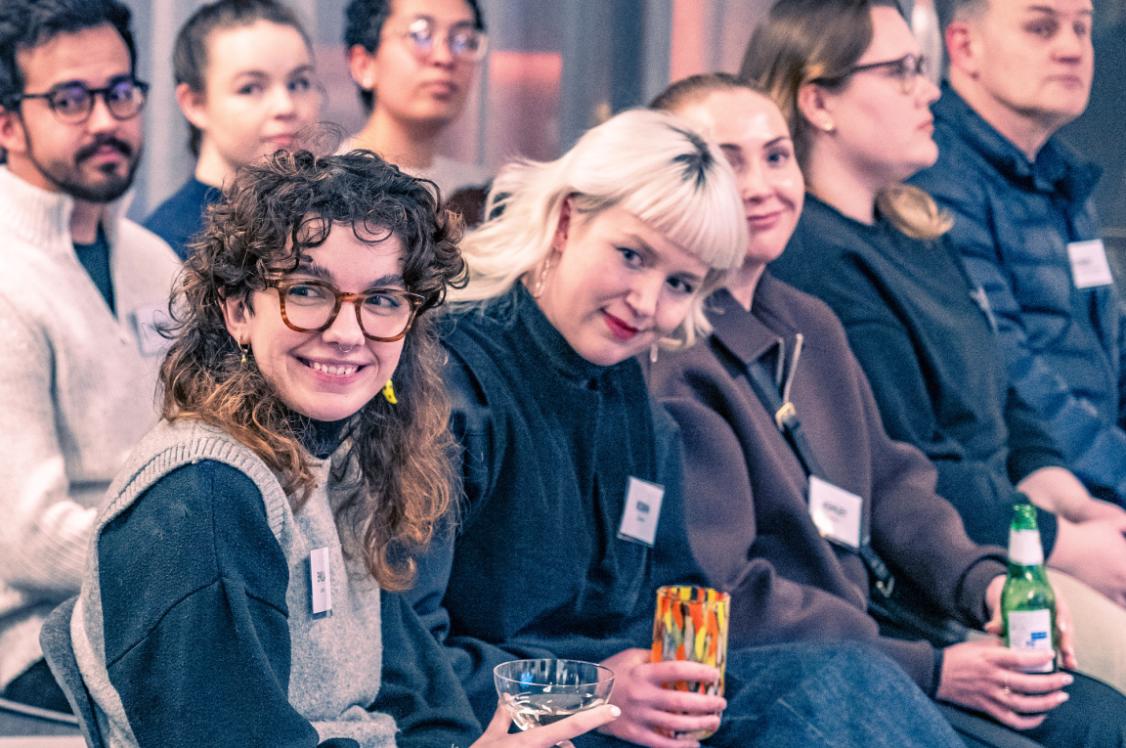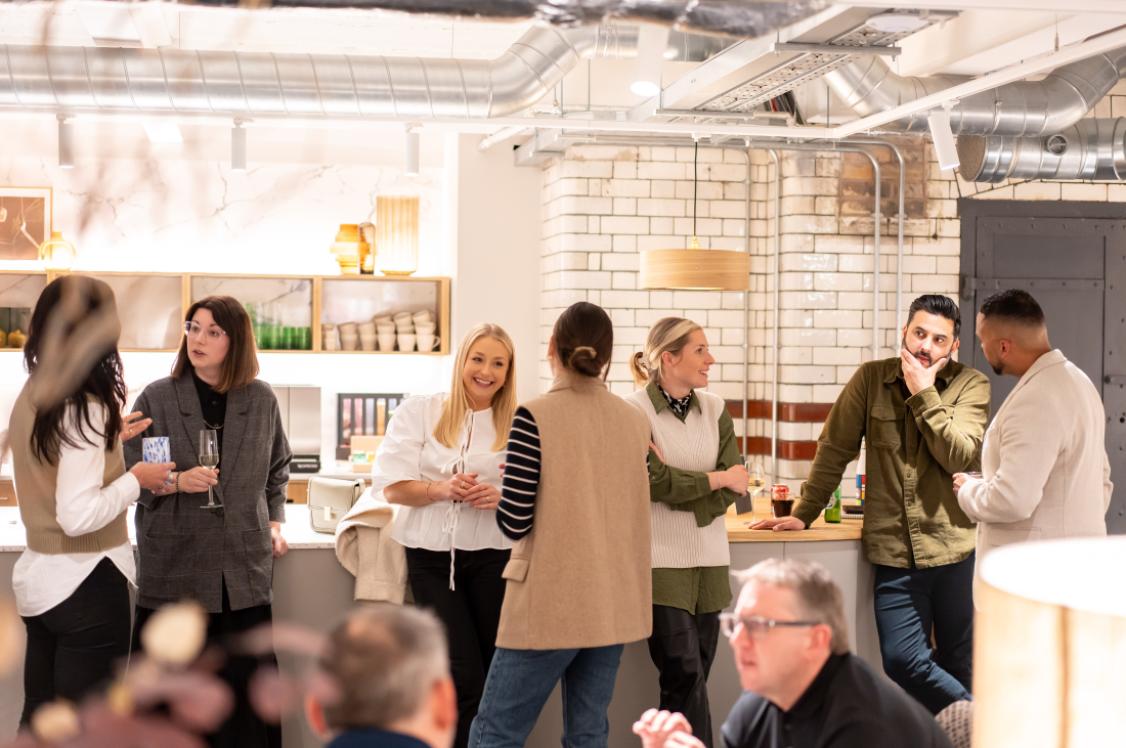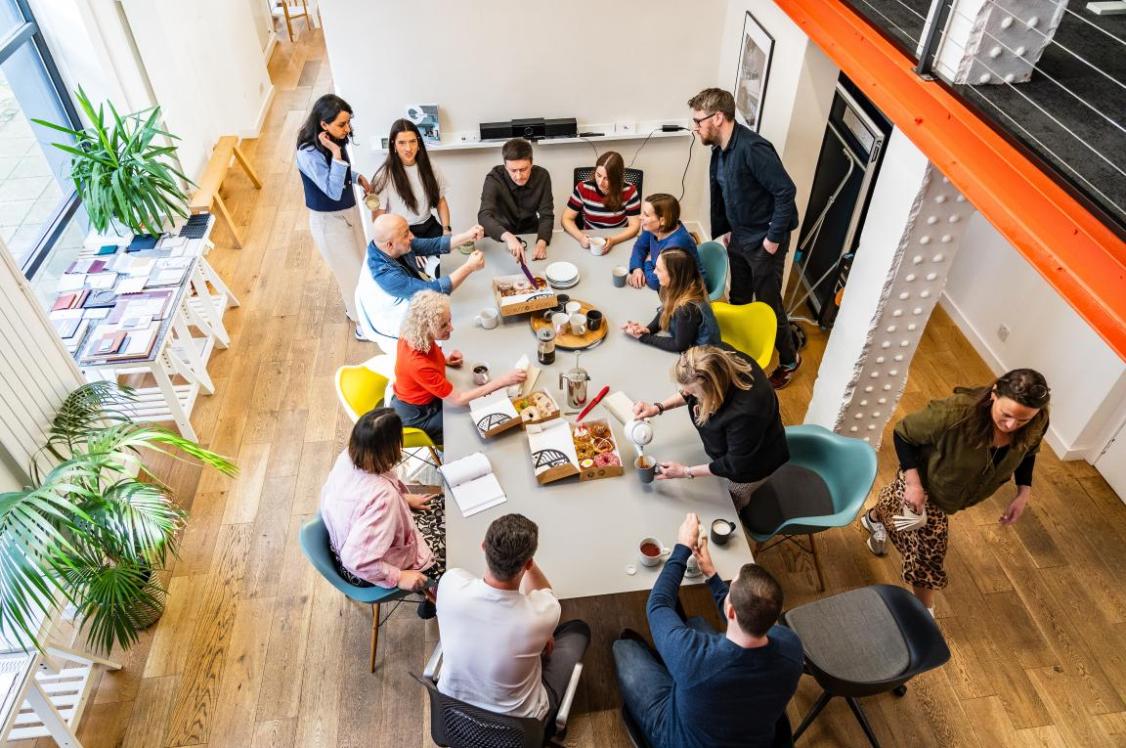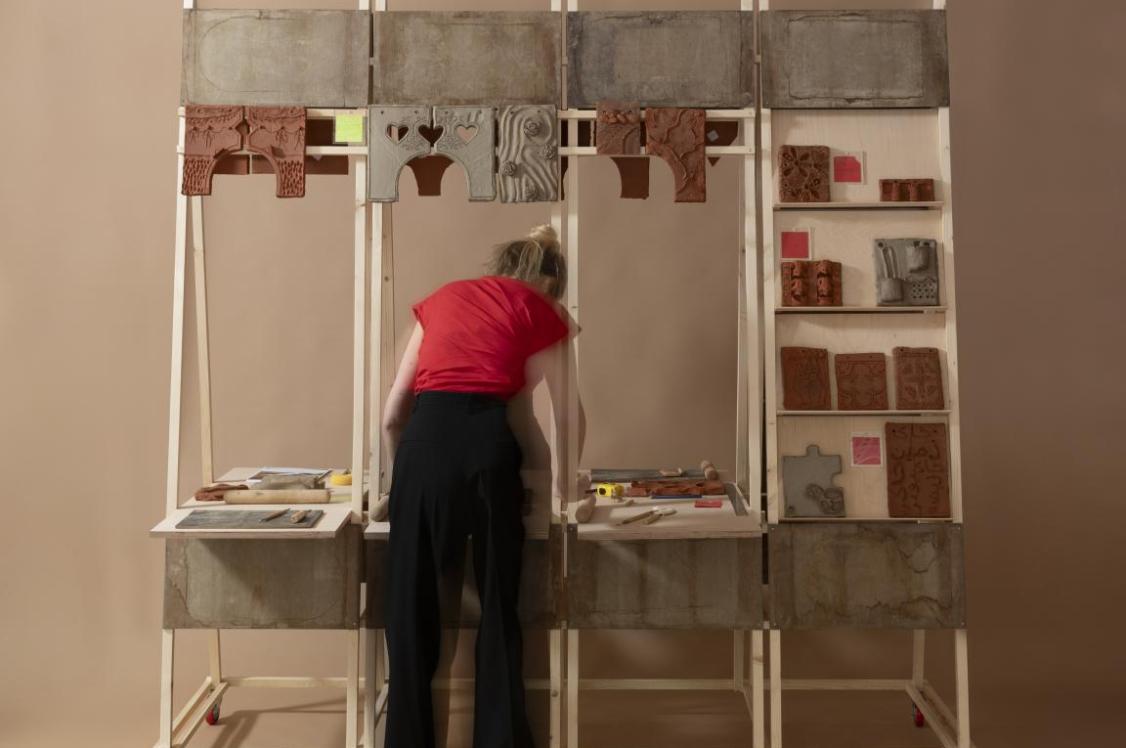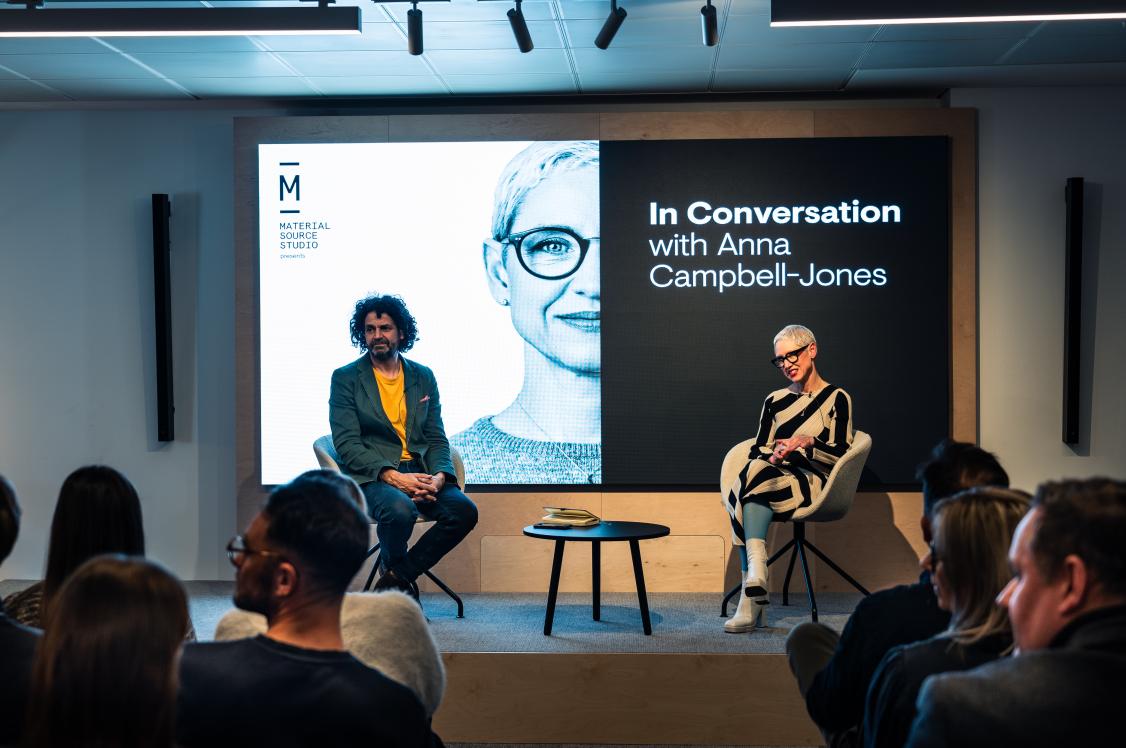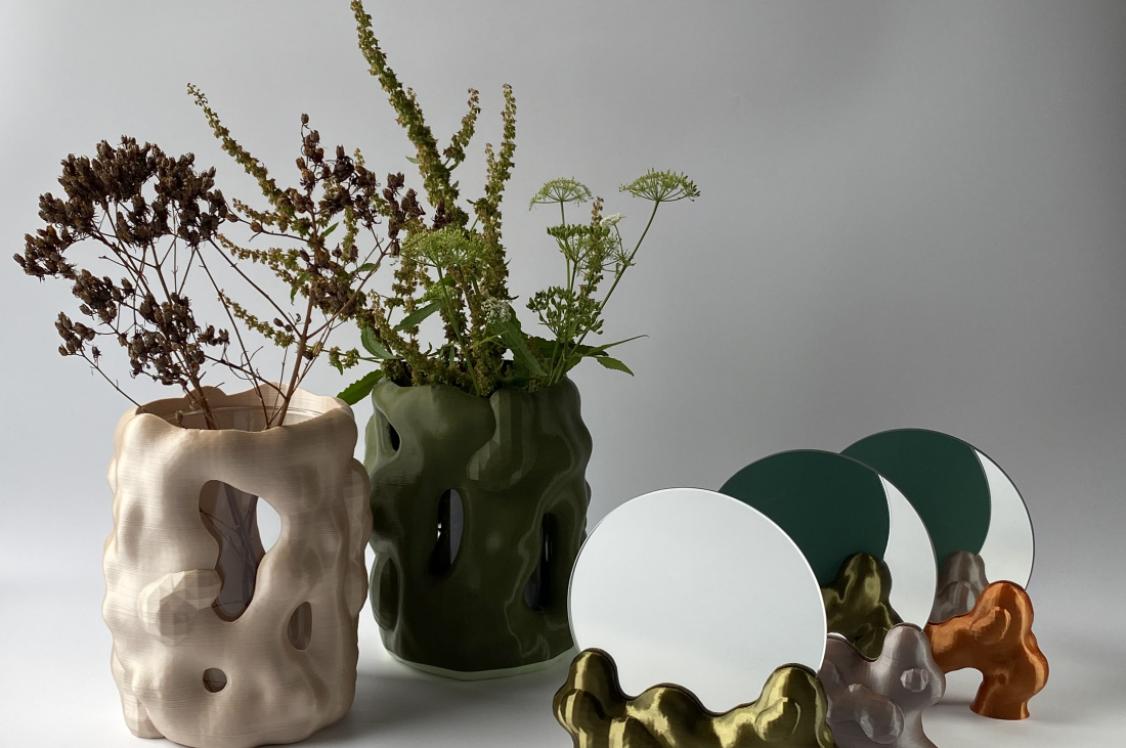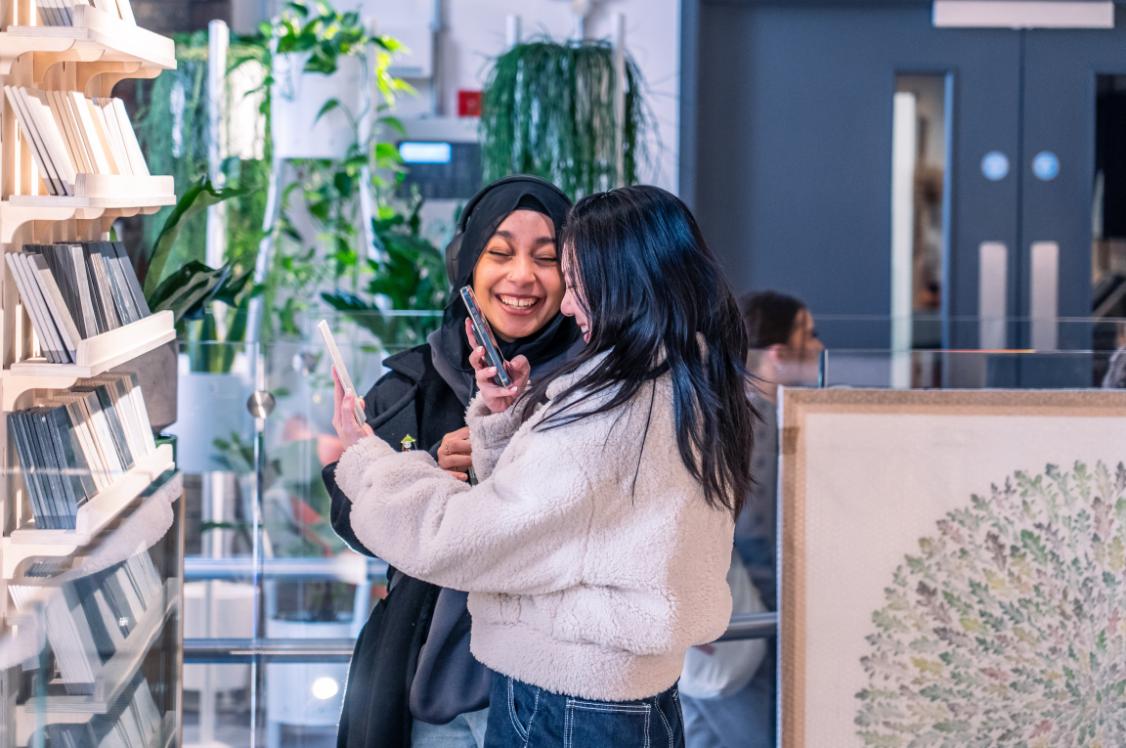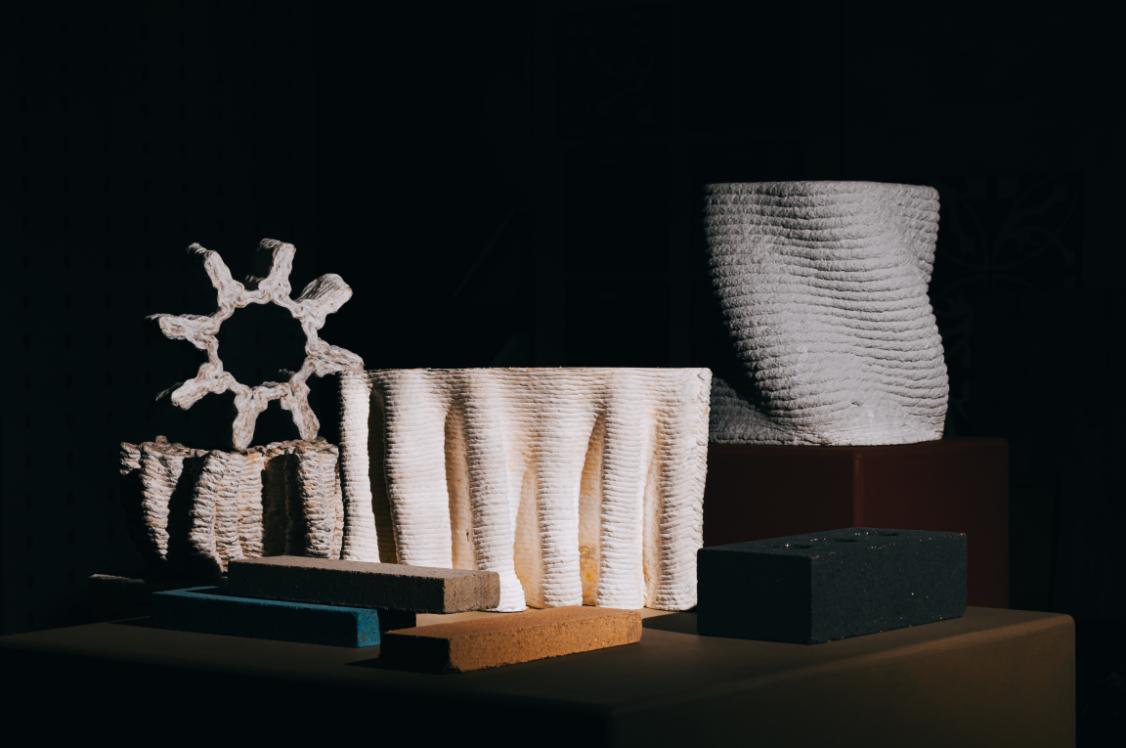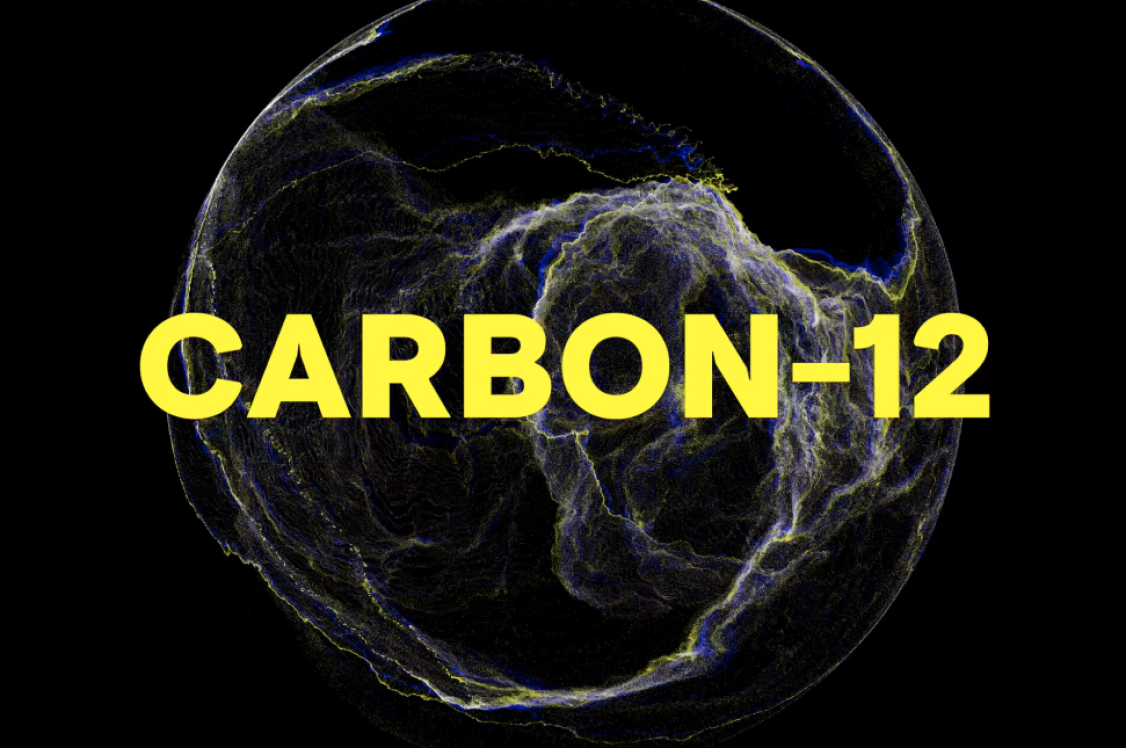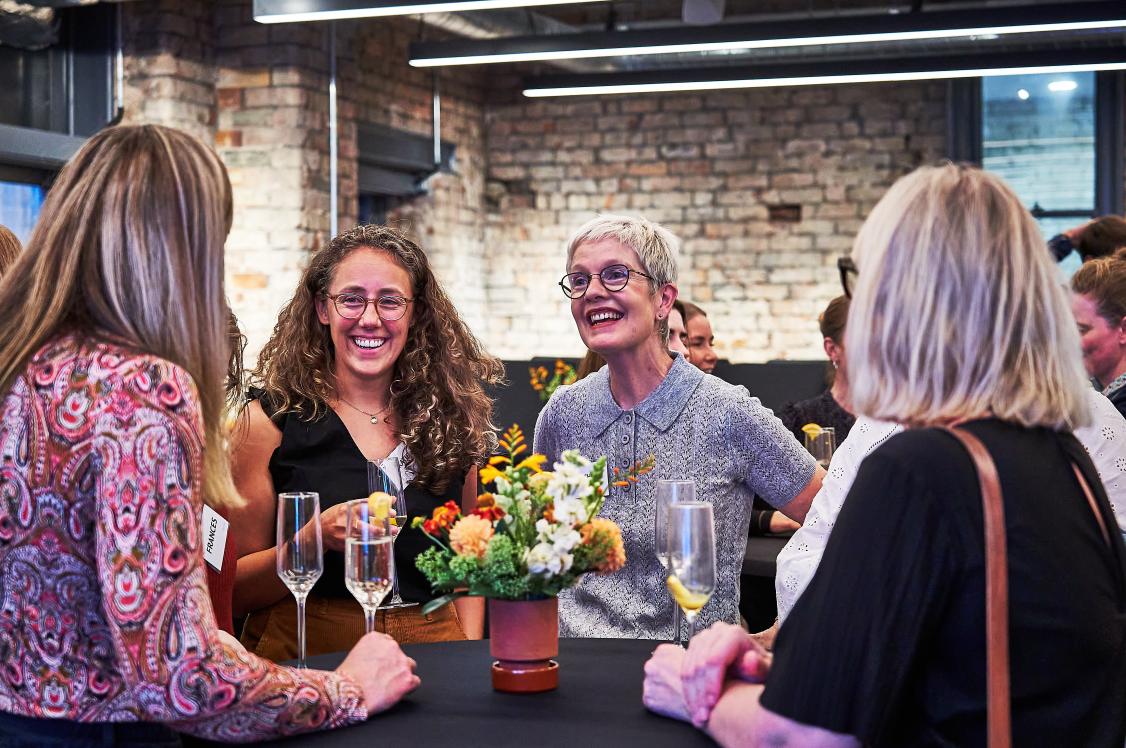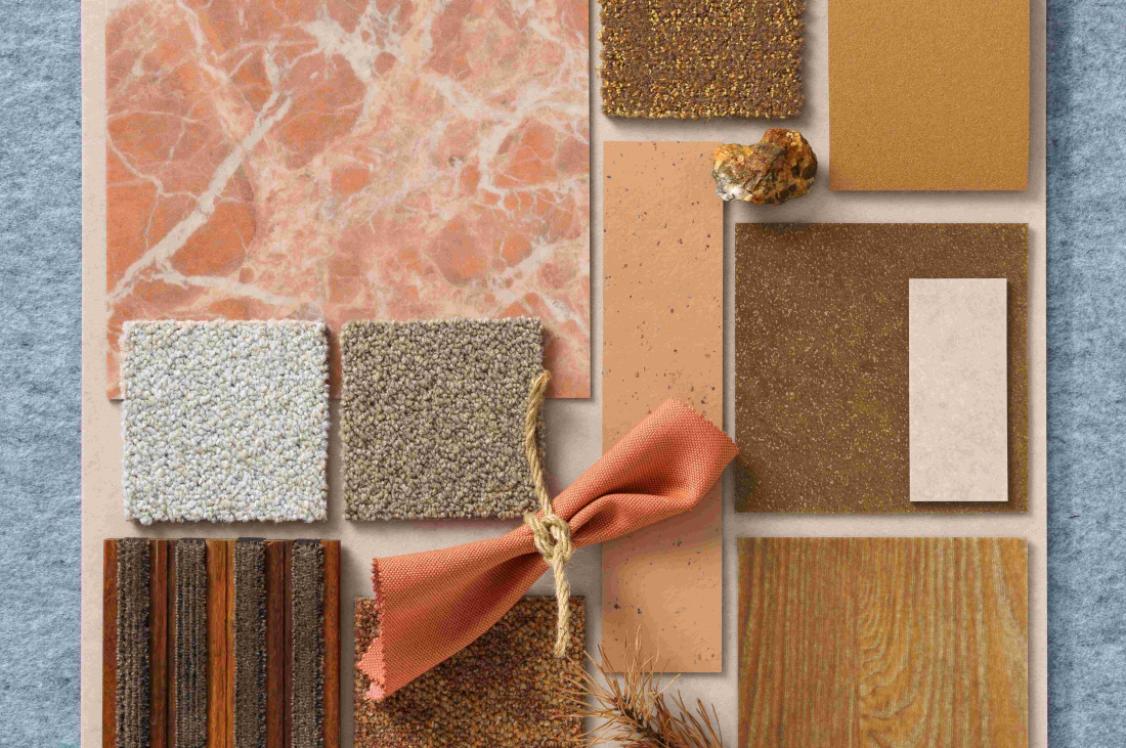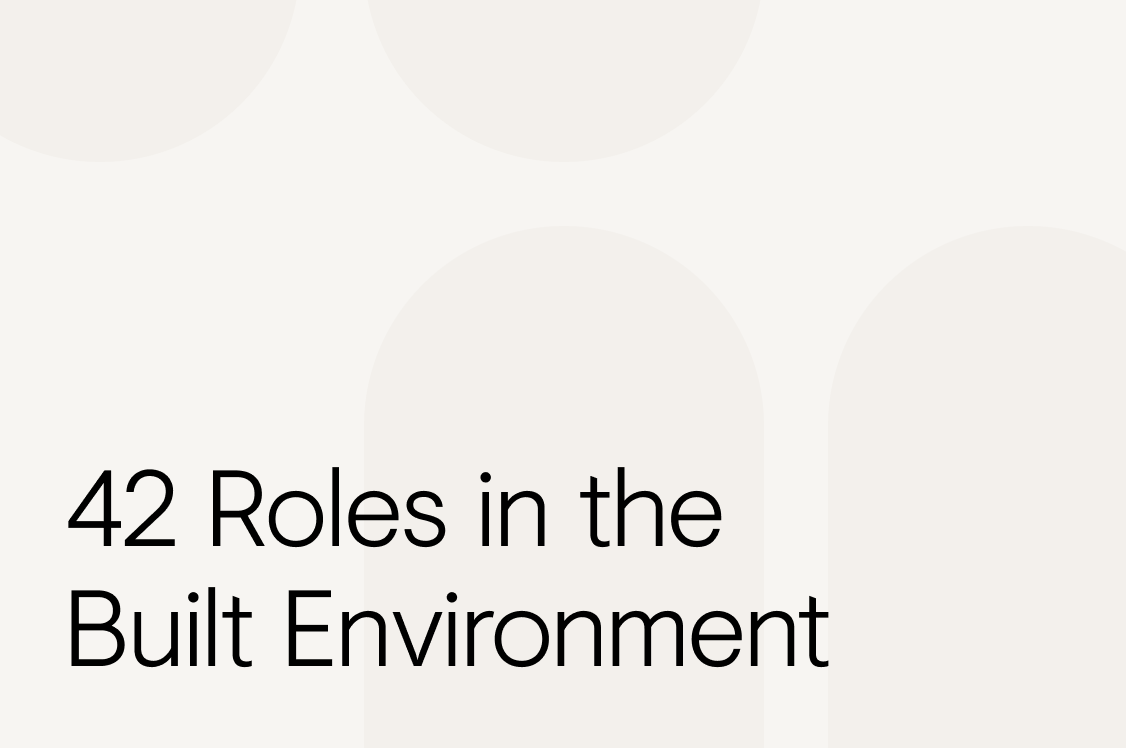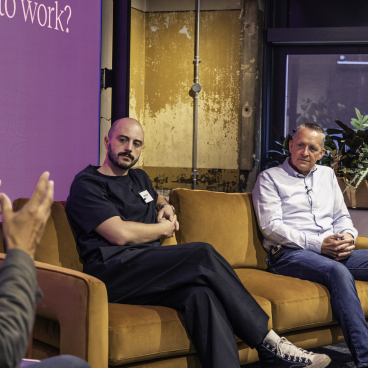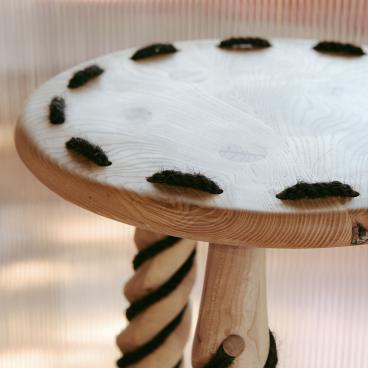Meet the maker: Ceramicist, Jo Woffinden.
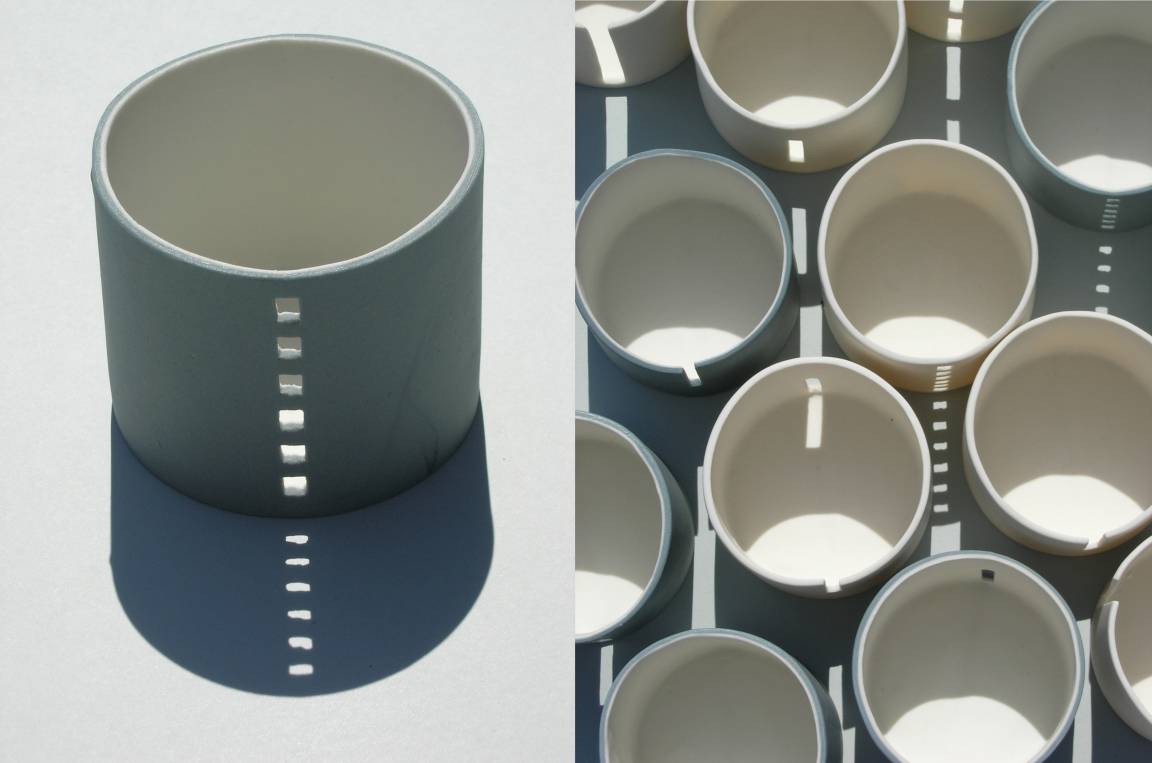
Lightcatchers in slipcast porcelain
Create / Elevate at Harewood House Biennial celebrates the power of craft.
Offering the fresh perspective of 16 British and international artists, designers and craftspeople, the exhibition puts forward thought-provoking interpretations on Harewood’s heritage, responding to the artistry and craftsmanship embedded throughout its grounds.
Whilst exploring this year’s show, we were fortunate to spot the well-placed ceramic installation of design practice, Arabeschi di Latte in Harewood’s Old Kitchen - made in collaboration with Leeds-based ceramicist, Jo Woffinden.
Both a sculptural and functional ceramicist, Jo moves between porcelain, concrete and stoneware to create one-of-a-kind objects. Approached by Harewood Houses’ chief curator and artistic director, Jo made six ceramic forms in response to the design concept Social Kitchen.
This concept was created by Arabeschi di Latte - a design studio focused on cultural rituals and shared experiences surrounding food culture. Taking inspiration from the tradition of sharing dishes, Arabeschi di Latte proposed reinventions of functional food-related objects from Harewood’s collection. To which Jo brought the concept to life, using a mixture of coil, slab and press mould techniques.
Keen to learn more about Jo’s involvement in the concept Social Kitchen for Harewood, as well as deep dive into her individual practice, here follows our sit down chat with the Leeds-based maker…
To start, please could you introduce us to your practice?
“I work as a designer maker and a materials specialist in ceramics and concrete, and I recently relocated my practice, Jo Woffinden Ceramics, from London to Leeds. My work ranges from one-off sculptural objects and installations for exhibitions, to limited-edition pieces and small-scale runs of objects.
“I take on commissions for private and public spaces and have worked on a range of projects across materials. When creating bespoke pieces of work, I listen to clients' ideas and offer guidance through design development and material samples tailored to the specific project.
“I enjoy working collaboratively with other makers and clients and find that new insights gained from cross collaboration can be energising. Sharing skills and experiences often enables work to take new directions on different levels.”
I like to push the boundaries with materials and show their unexpected qualities.
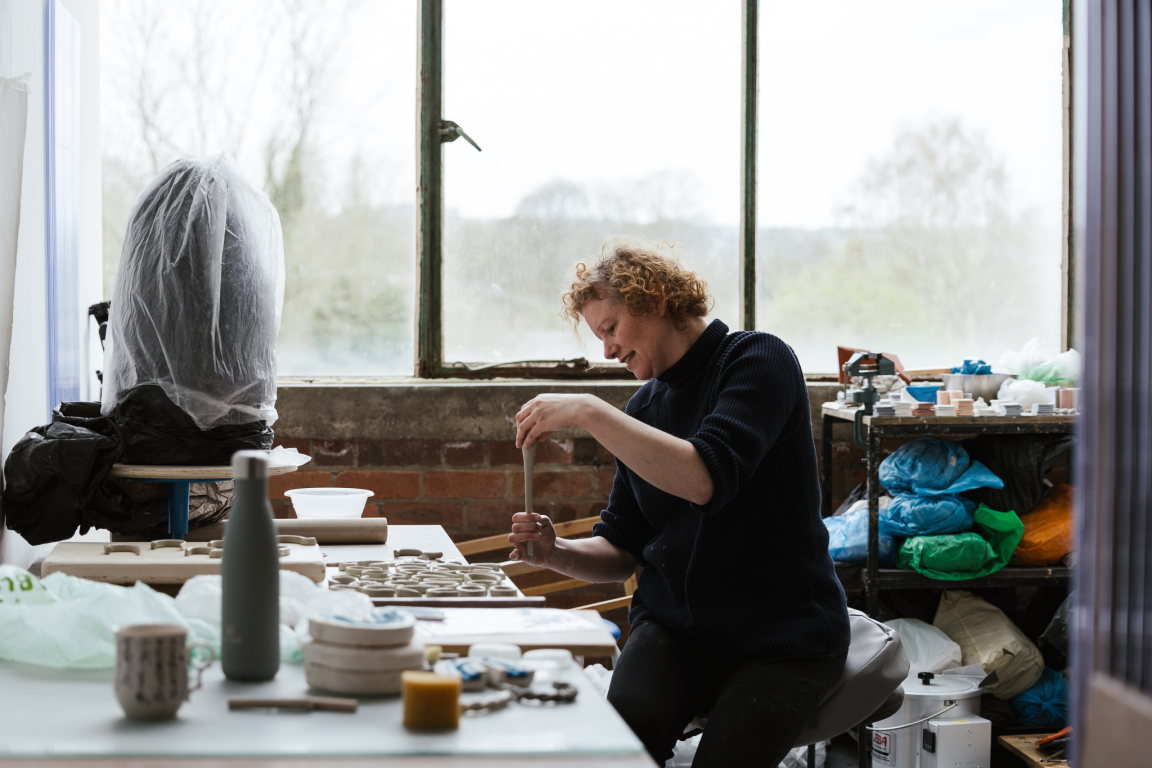
Photography by Jo Crawford
What has your education and training in ceramics been to-date, and how have these experiences shaped you as a maker?
“I studied Ceramic Design at Staffordshire University in Stoke-on-Trent, the heart of the UK’s ceramic industry, which was an incredible place to be a student working with clay.
“After completing a short ceramics residency in Shigaraki, Japan in 2005 and becoming hooked on Japanese clay, I decided to move there and set up a studio, where I stayed for four-years. Working in international studio spaces has had a huge impact on my practice.
“Ceramic research I carried out across Japan and other parts of Asia during that time played a significant role in informing my working methodologies and shaping me as a maker. I was able to dive deep into the rich cultural history of ceramics and discover what I love most about working with clay.
“My journey into concrete and mould making began while studying an MA in Ceramic & Glass at the Royal College of Art. Working with cast concrete, I was able to find the similar raw qualities and rich sense of materiality that drew me to Japanese clay in the first place.”
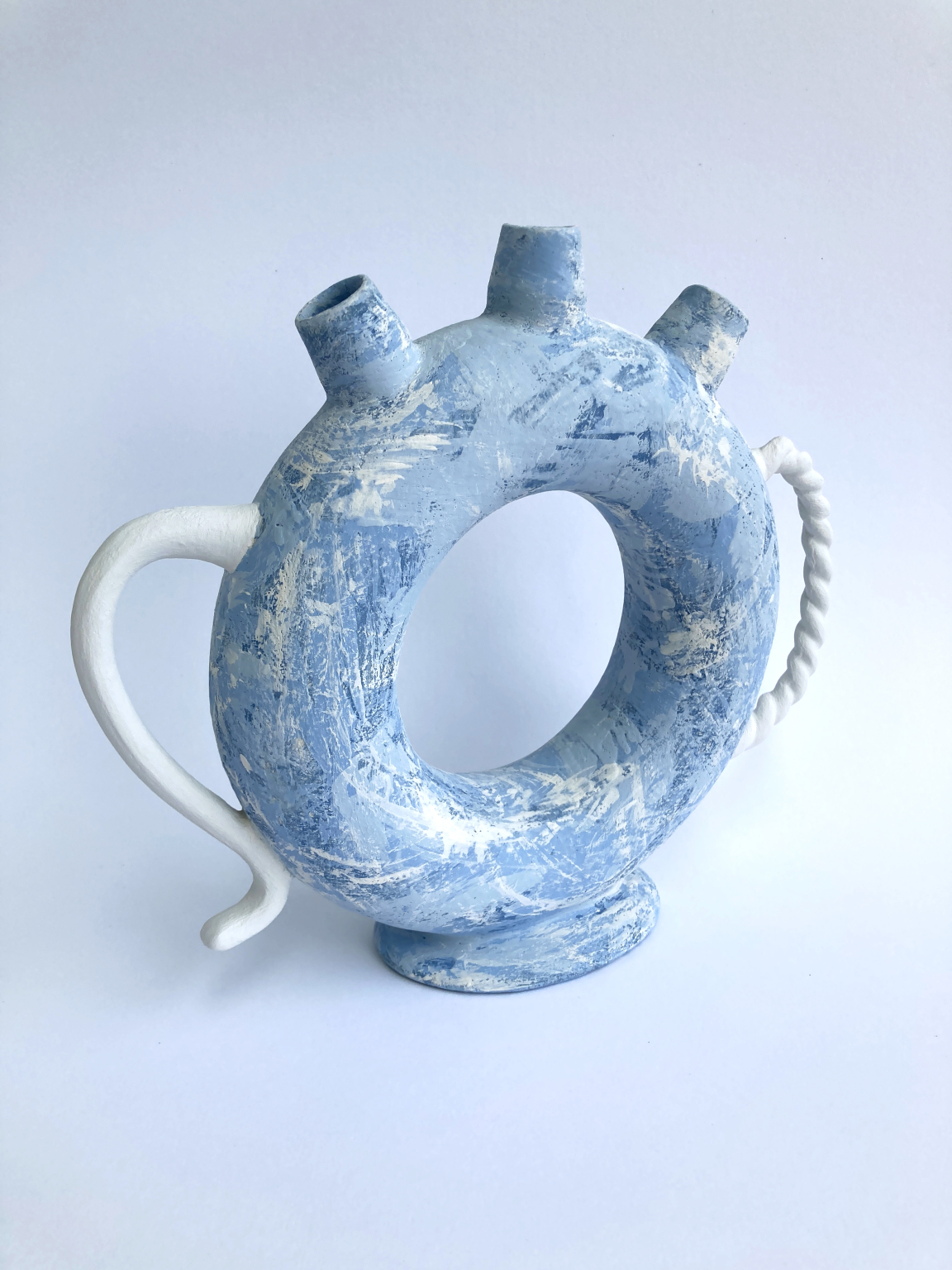
Harewood puzzle bottle
You're accomplished in working with concrete, porcelain, and stoneware. Can you talk us through how you approach each medium?
“Each of these materials has its own unique qualities and character and requires its own handling, forming and finishing methods. My job is to find the most suitable materials for the project in hand or for the effect or quality that I’m aiming to achieve within a specific work. Considering the use, form, scale and surface of an object helps me decide on suitable materials to use.
“The working methods for clay and concrete are quite different. My concrete objects are mostly formed in rubber moulds (taken from a plaster model). Concrete does not need firing in a kiln, it is left to cure in the mould where it becomes hard.
“Stoneware and porcelain shrink during drying and firing, which needs to be taken into account when making work. Porcelain is much more 'plastic' than stoneware when wet and upon drying a little it can easily crack. It is tricky to work with and shape, and takes practice and careful handling!
“Continual making and experimentation through trial and error has enabled me to understand and work with these materials. I like to push the boundaries with materials and show their unexpected qualities.”
Where do you seek inspiration for the forms you create?
“Architectural references occur in all aspects of my work. Architecture may have inspired me because it has enabled me to explore and experience relationships between shape, form, space and light in new ways.
“As a curious and creative person I find a lot of things inspirational, particularly from nature. Eastern thinking, design and architecture continue to play an intrinsic role within my work, maybe most visible within its minimal aesthetic.”
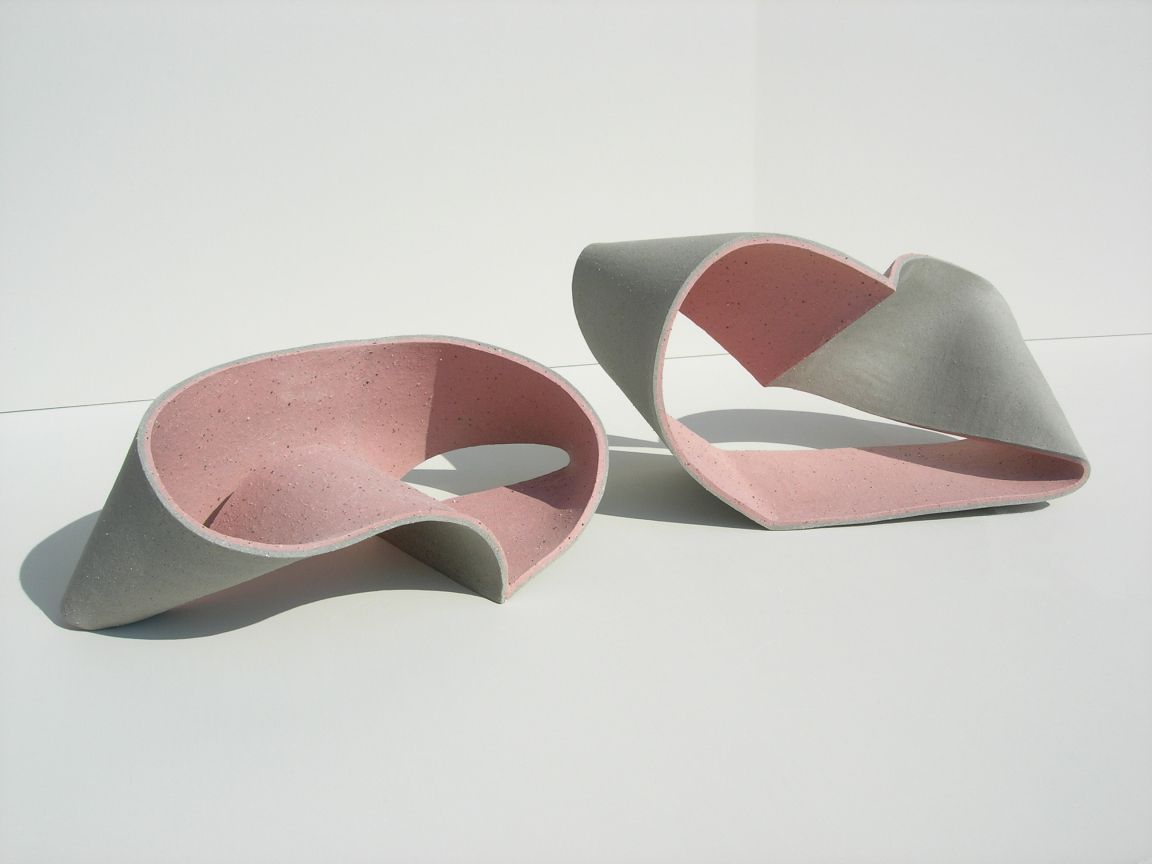
Reclining Forms in Shagaraki Stoneware
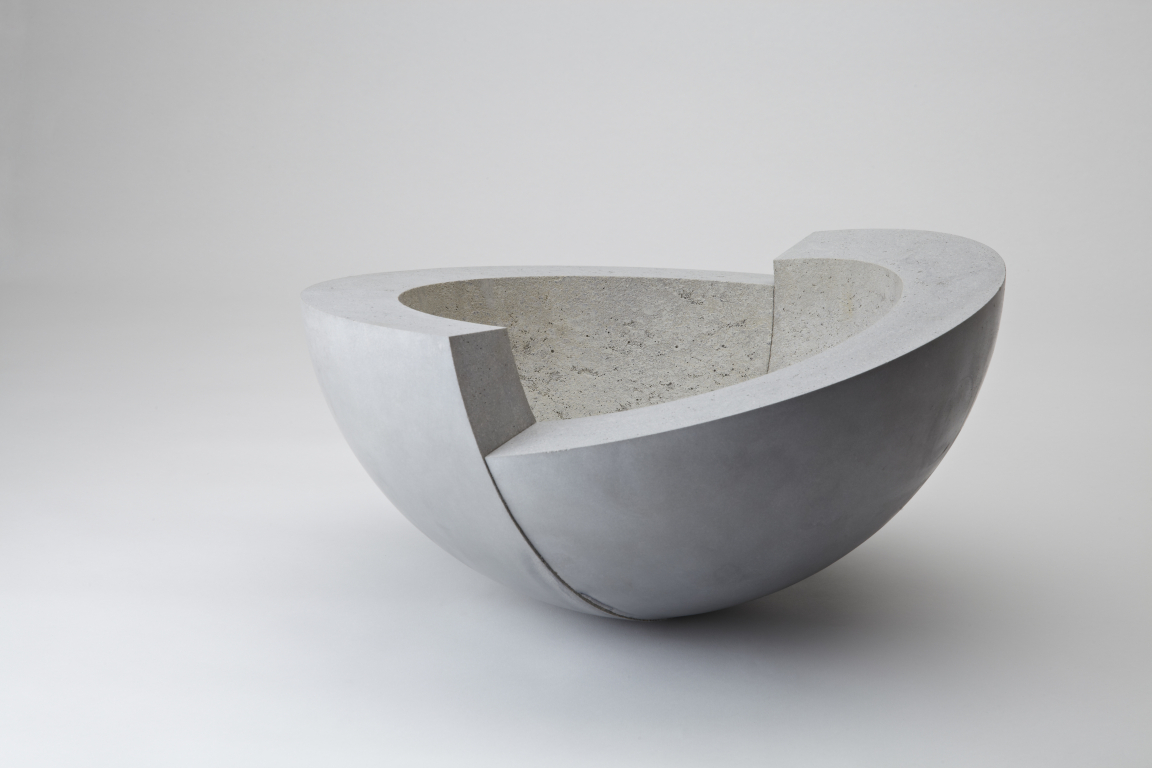
Baroque series in cast concrete. Photography by Matthew Booth
We were pleased to catch your work at the Harewood Biennial. Please tell us more about the project you were commissioned to create for the Italian design studio, Arabeschi di Latte on display there?
“The chief curator and artistic director of Harewood House approached me and asked if I could fabricate a group of six ceramic objects that had been commissioned for Harewood Biennial 2024: Create / Elevate.
“The six ceramic forms and their concept were designed by studio Arabeschi di Latte, who provided me with drawings of the objects to reproduce into three-dimensions. I used a blend of handbuilding techniques; coil, slab and press moulding with stoneware clay to produce the items.
“I presented Arabeschi di Latte with a range of surface samples and glaze tests based on the studio’s specification for a pale blue denim finish. This led to the use of blue and white slips (liquid clays) painted and fired onto the surface of the objects on show at Harewood. A stonewashed denim feel was created by layering the coloured slips together.”
We spotted handles in their multiples...what inspired the forms and details of the works?
“Arabeschi di Latte were inspired by objects for food from the past that symbolise the concept of sharing, and this led to the inclusion of multiple handles within their designs. Some of the handle designs were taken from objects in Harewood’s ceramic collection.
“I press moulded the twisted handles using plaster moulds but the majority of the handles were pulled. Pulling clay is a traditional method where the clay is stretched while wet and formed into a fluid curve to firm up into shape before being cut to size.”
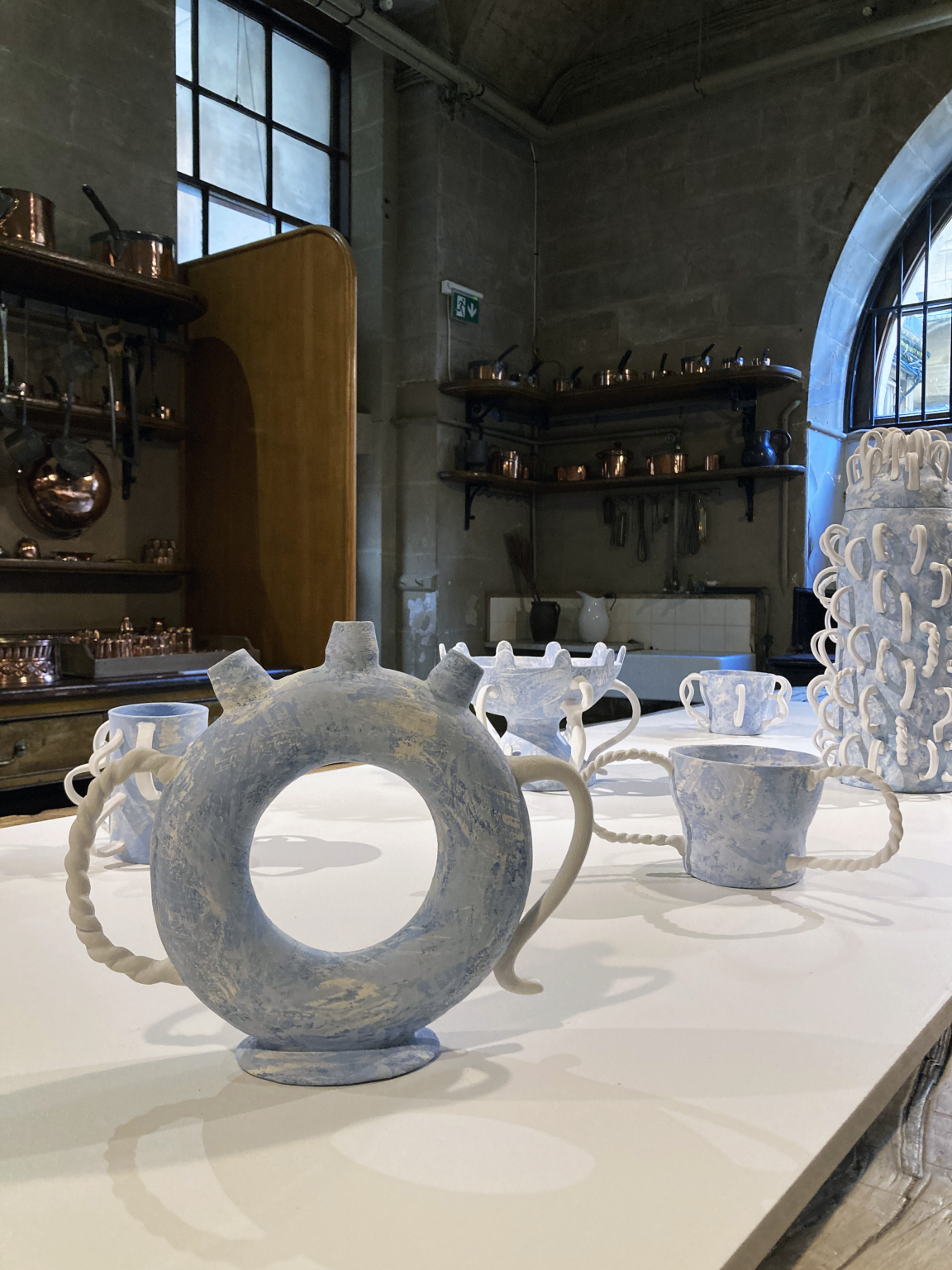
Harewood House
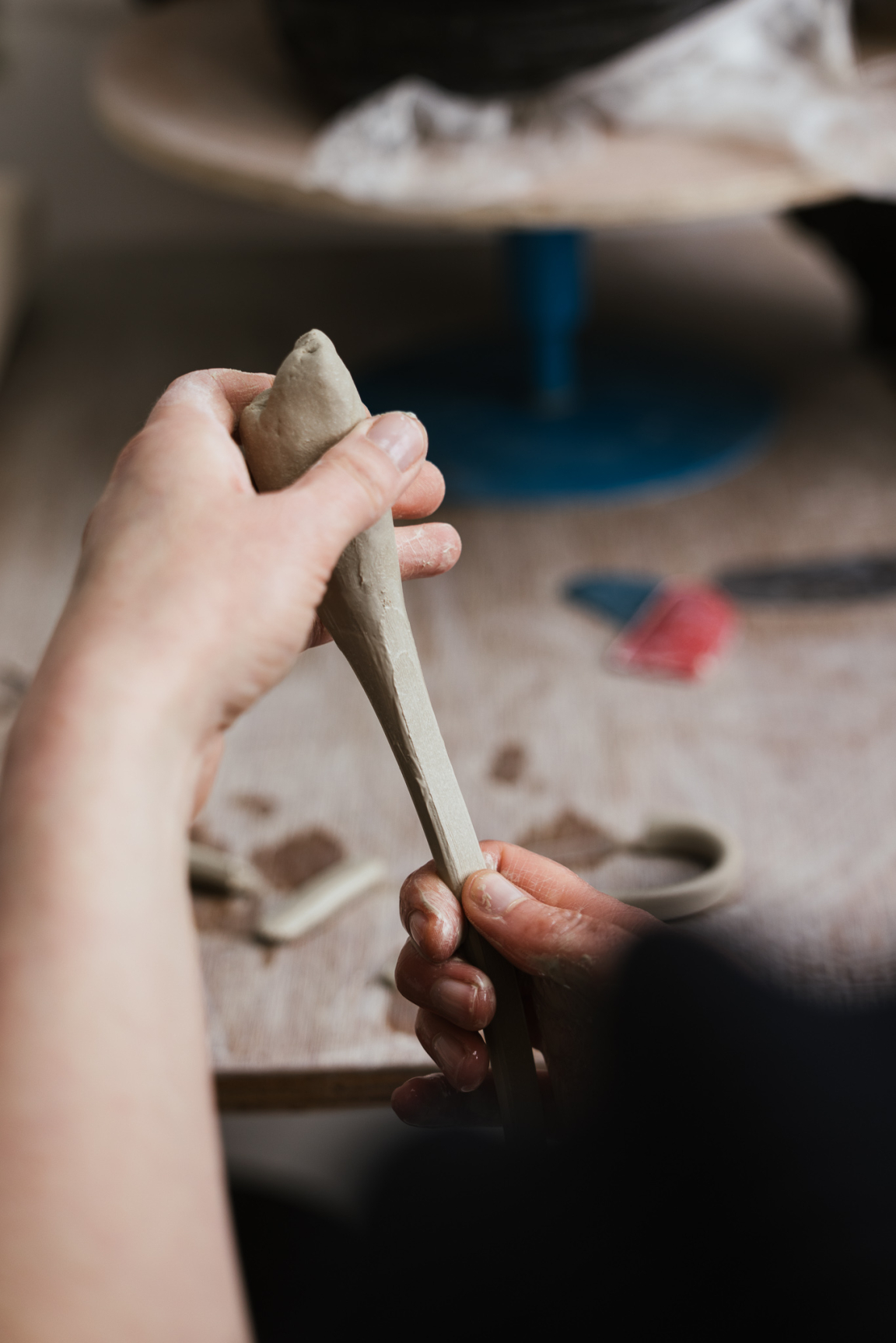
Harewood pulling clay handle. Photography by Jo Crawford
You're known for your impressive concrete casting techniques. Can you please tell us how this process has become so integral to your practice?
“When I began working with concrete, casting and mould making became integral to my practice and required developing new skills and ways of thinking about shape and making. Concrete is cast in a liquid state so a mould is essential to shape and hold the liquid concrete while it hardens. Working with ceramics up to that point, I mostly worked with hand forming methods and had little experience with slip casting clay.
“Casting concrete and clay slip are very different processes, I enjoy working with both and each has its own challenges and unique possibilities. I appreciate the precision that can be obtained from working with moulds for both concrete and clay. Making the moulds can be challenging and is the most time-consuming part of the making process but once you have a mould it can be used for multiple casts.”
Your visual language as a maker communicates as a careful interplay between form and function, appropriately placed in Harewood's Old Kitchen. How important is this balance in the works you create?
“Through my work I’m always exploring ways to achieve a harmonious balance between form and function. Recent more design-led projects have really enabled me to test this to the limits and required some rethinking in the way I approach projects.
“Earlier this year, I created some sculptural objects for food for Psycho Sandbar in Leeds, a new restaurant by the chef Michael O’Hare. One of the objects I made in black porcelain is an open fluid shaped sculpture on which food is served and another item is a deep grey coloured concrete oyster shell holder.
“Both items demonstrate the careful interplay between form and function doing the job intended for serving food while reflecting the aesthetic of the restaurant and food served upon them in a visually unique and playful way.”
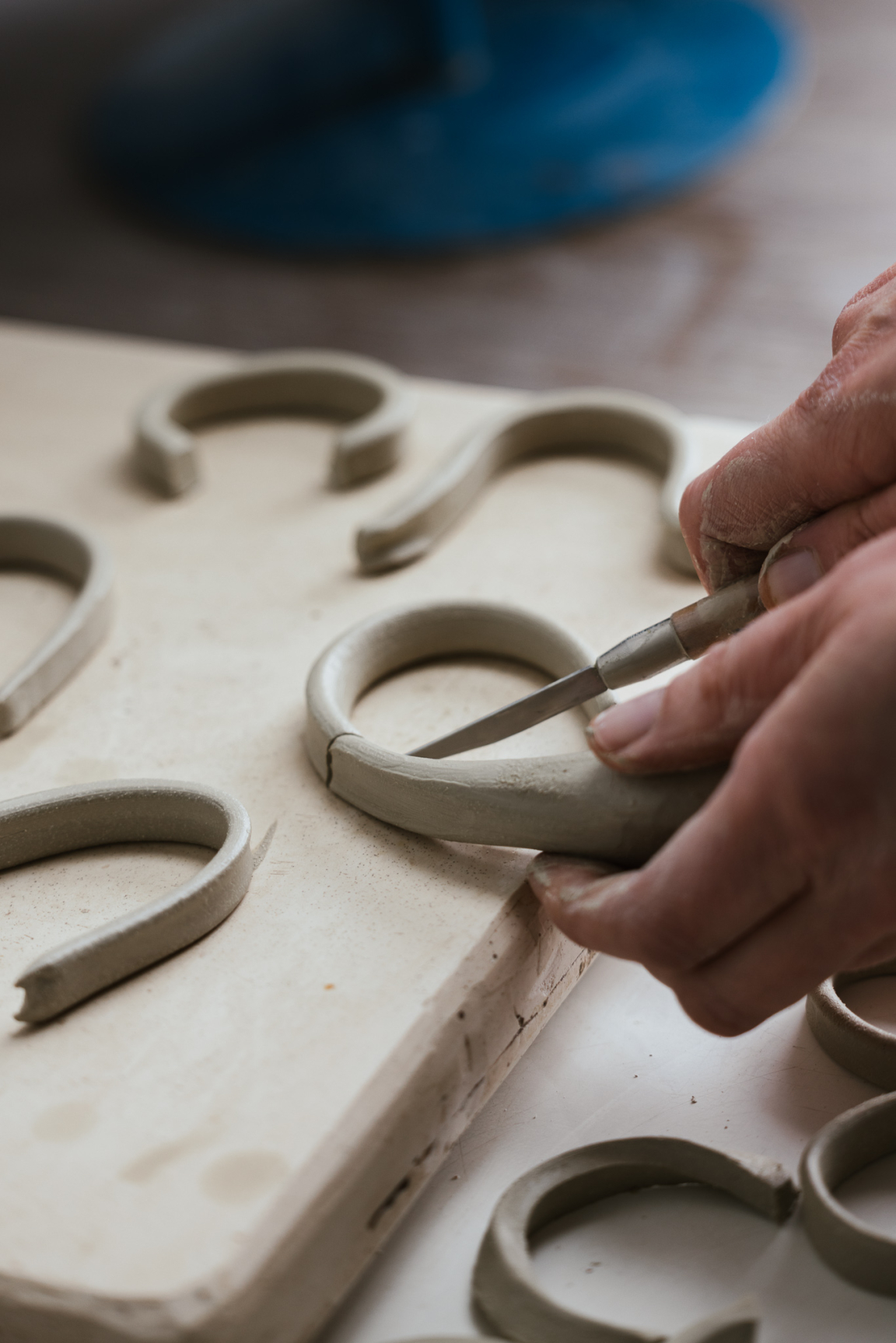
Harewood pulling clay handle. Photography by Jo Crawford
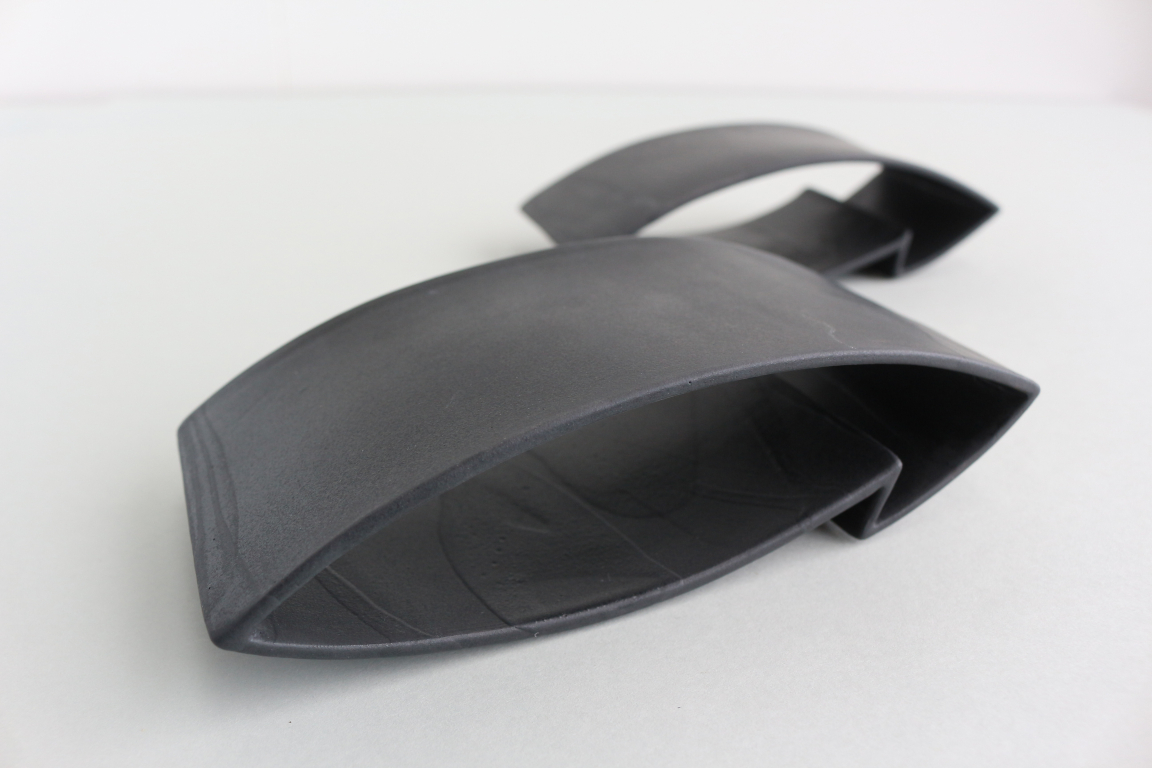
Black porcelain objects for food. Made for Psycho Sandbar
How much of a role do you feel ceramics plays in food culture?
“This depends on which part of the world you are in! In Japan it’s an integral part of their culture, evident in traditions like the tea ceremony, or the continual changing of ceramic tableware used to reflect the seasons and food served. In other cultures ceramics may not play as significant a role where materials such as metal and glass are preferred for food and drink.
“Generally speaking there has always been a deep rooted connection between ceramics and food seen from the earliest ceramics discovered made to store water and grain and also to cook with. It’s always fascinating to see glimpses of food and drink related ceramic objects that have been made throughout history and what they can tell us about the people, food culture and time in history from where they came.”
Can you share with us some of your favourite projects and collaborations you’ve worked on to-date?
“A favourite project was installing work for a solo show at Udatsu Museum, an Edo Period building built in 1748, in Echizen, Japan. My work was deeply influenced by aspects of traditional Japanese architecture such as diffused light through paper screens and the transition and layering of space through sliding doors. It was wonderful to see my porcelain light catchers and folded porcelain paper clay installations within the kind of environment that inspired the pieces.
“I’ve enjoyed my recent collaborative work for Psycho Sandbar restaurant in Leeds. Some previous collaborations I’ve enjoyed have been working with blacksmiths. One of these commissions was to create a concrete plinth for a bronze votive candle stand and a concrete lectern with bronze for St Edmund’s church in Chingford. A ghostly surface was created on the concrete plinth with a subtle image of the church’s architect's drawings cast into the concrete. In dim light the image is almost invisible but it appears more strongly when light from the stained glass windows hits the surface of the plinth.”
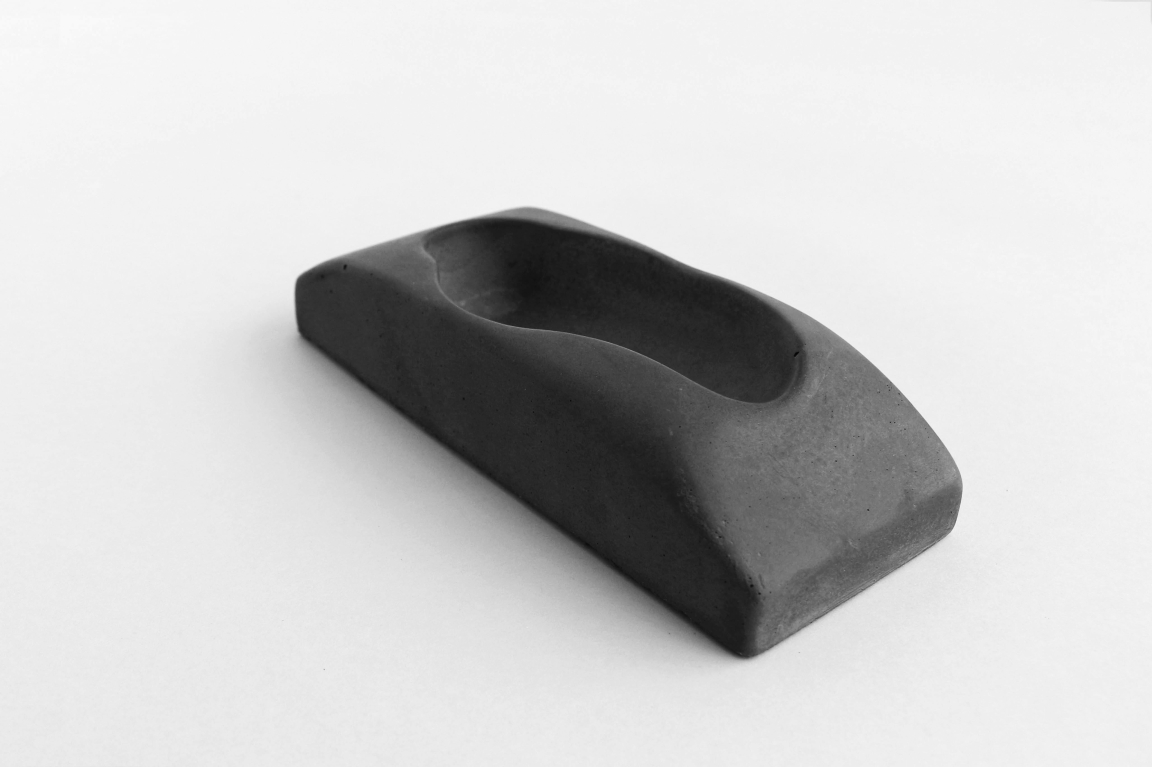
Concrete oyster holder for Psycho Sandbar
You're now based in Leeds, could you tell us a bit about the creative scene there?
“I’ve been exploring all things creative in Leeds since arriving here in 2022. There are a lot of talented people engaged in the arts, music, design and creative tech industries and some great art venues, studio spaces and pop ups.
“More work spaces are needed for creatives - there are many empty buildings in and around Leeds which could make perfect workspaces for creative professionals in the city. It would be great to see more spaces unlocked and transformed into hubs for arts and design tech culture. I think there’s a lot of potential here.”
And finally, what can we next expect to see from you?
“Next, I’d like to bring architecture to the table.”
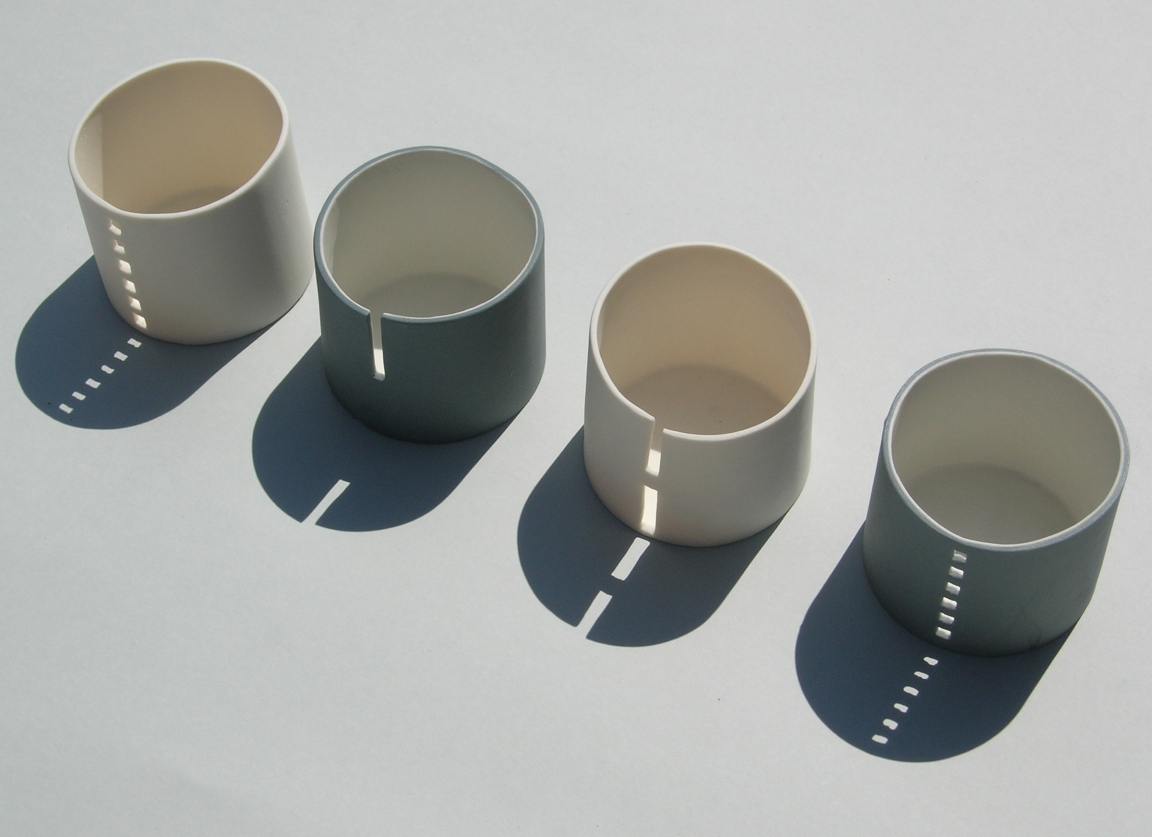
Lightcatchers in slipcast porcelain
The Harewood Biennial, Create / Elevate is open to visit until the 20 October. Register here for your tickets. And find out more about Jo Woffinden’s ceramic practice here.


